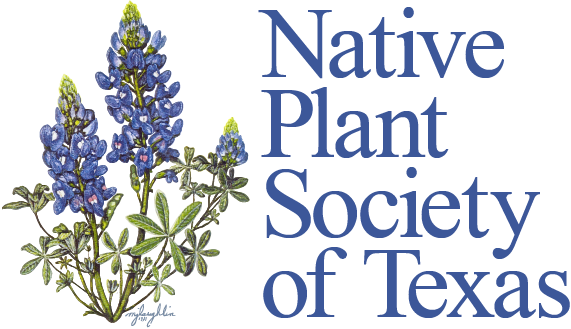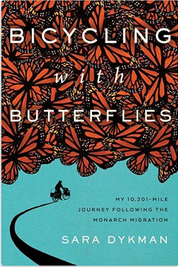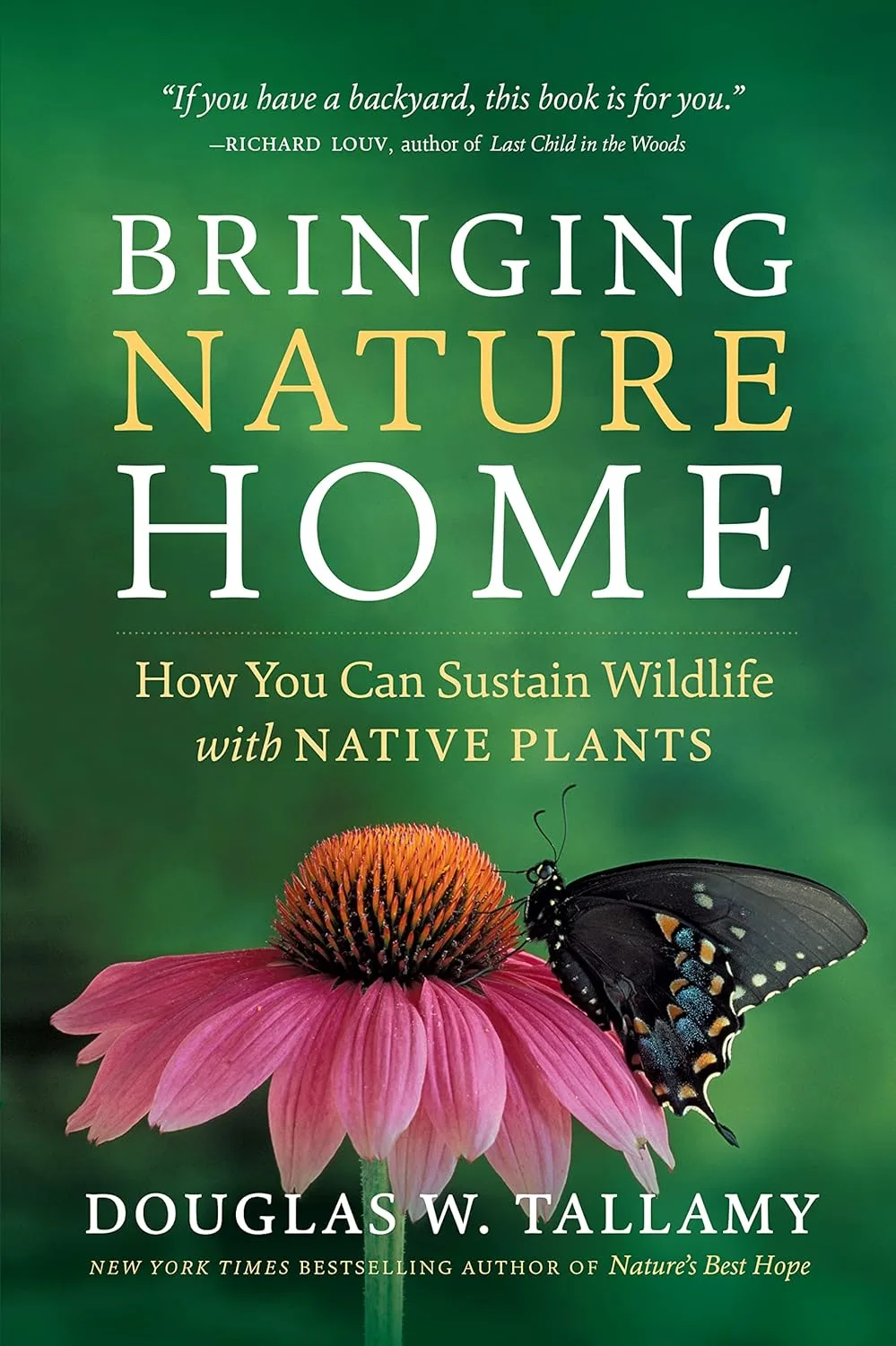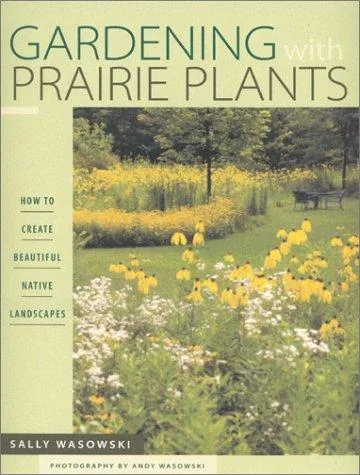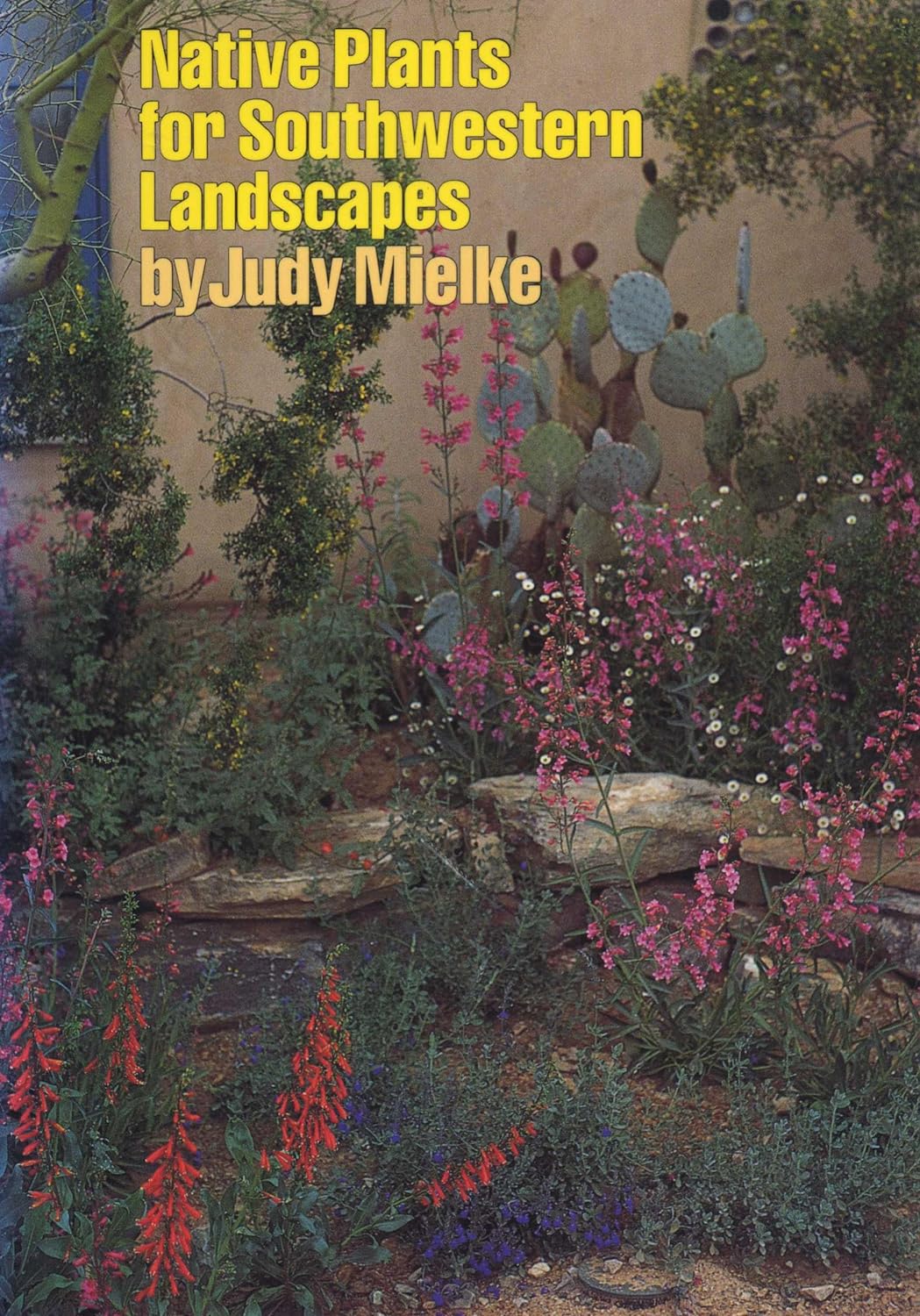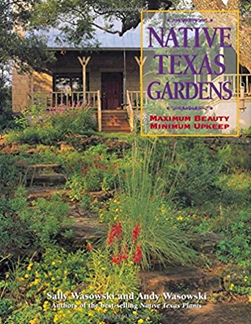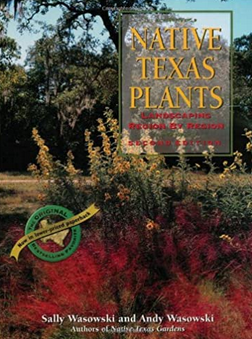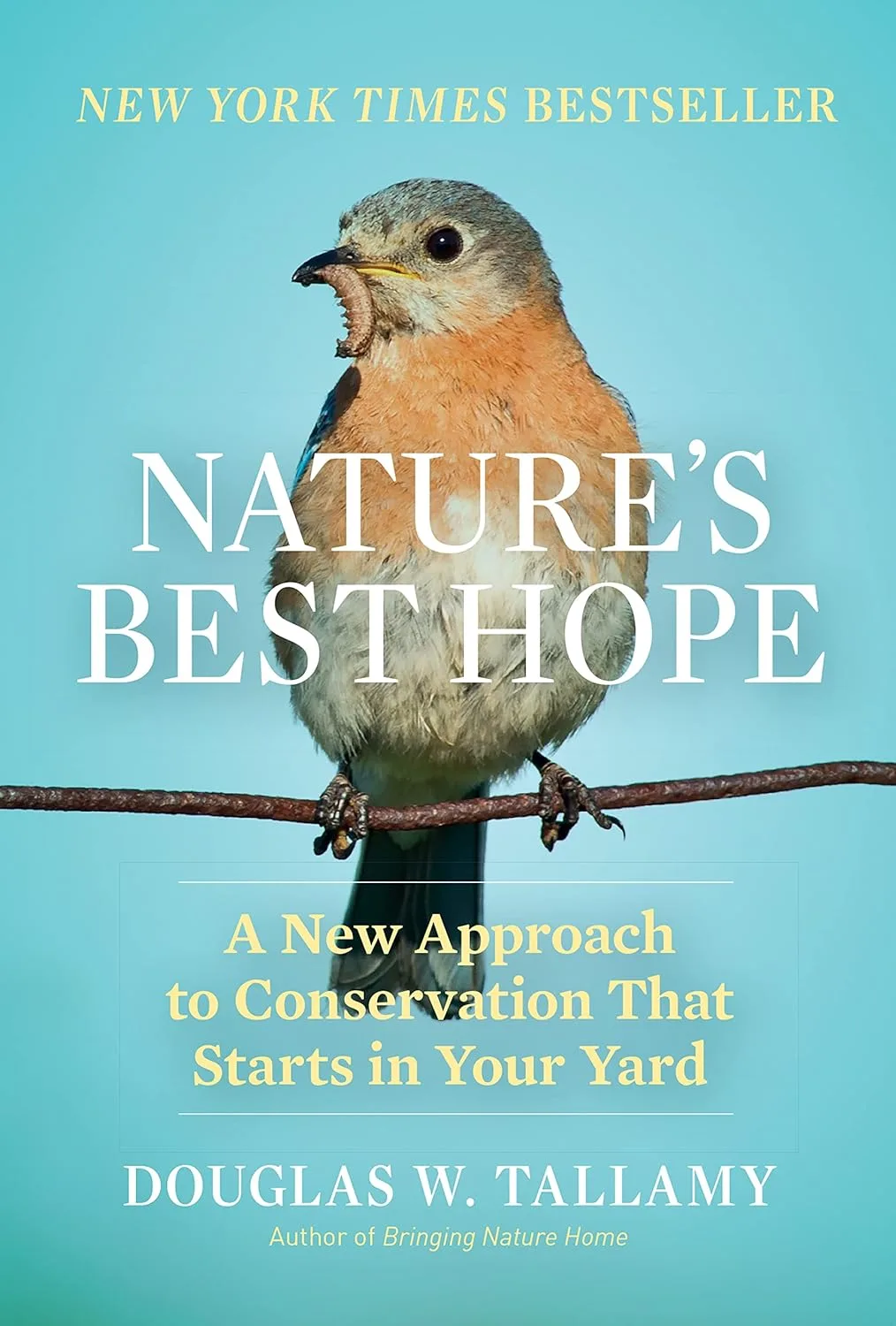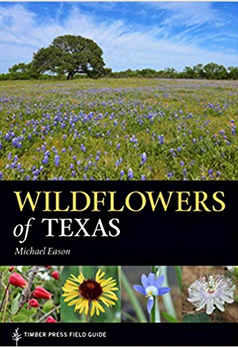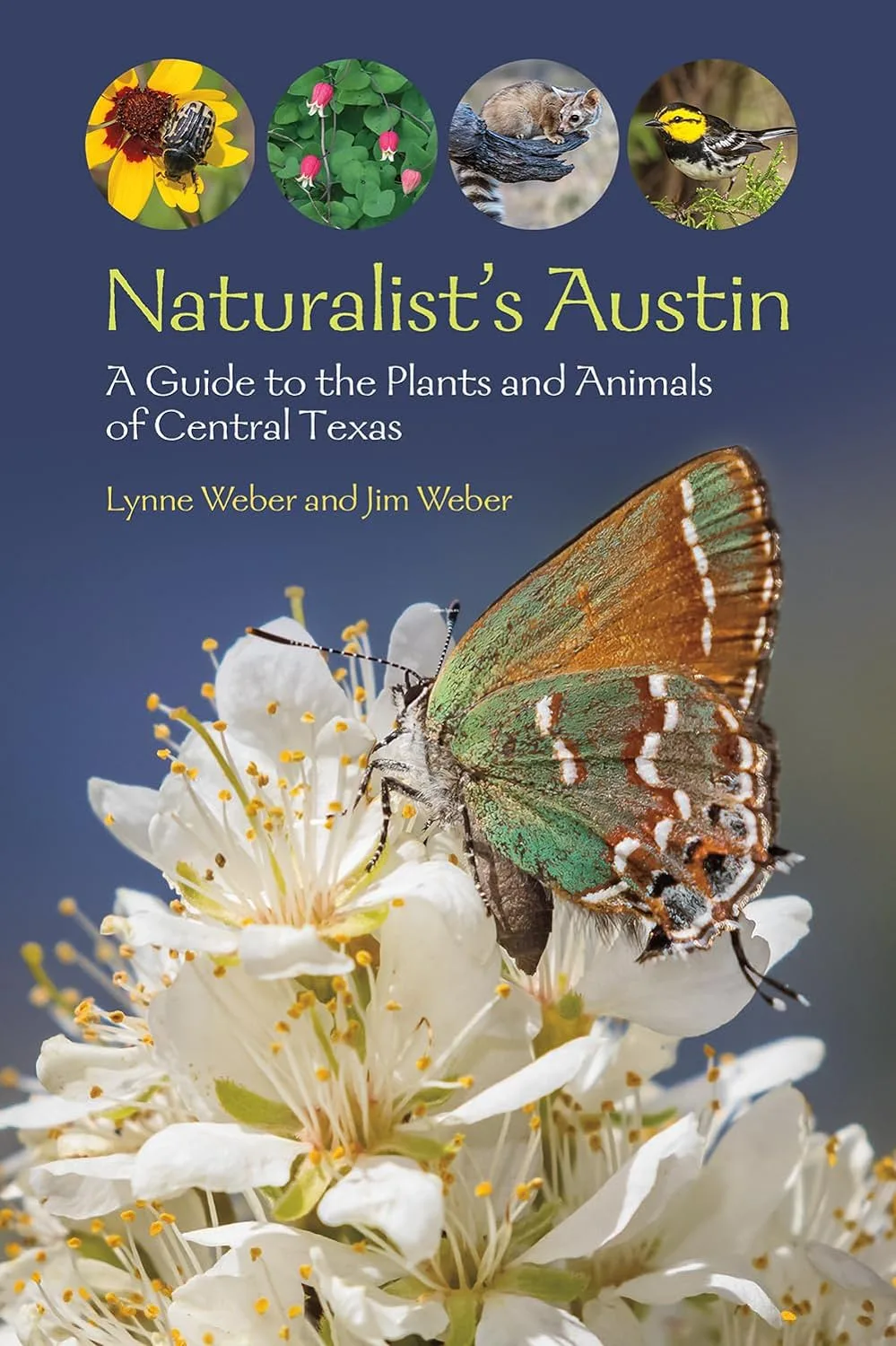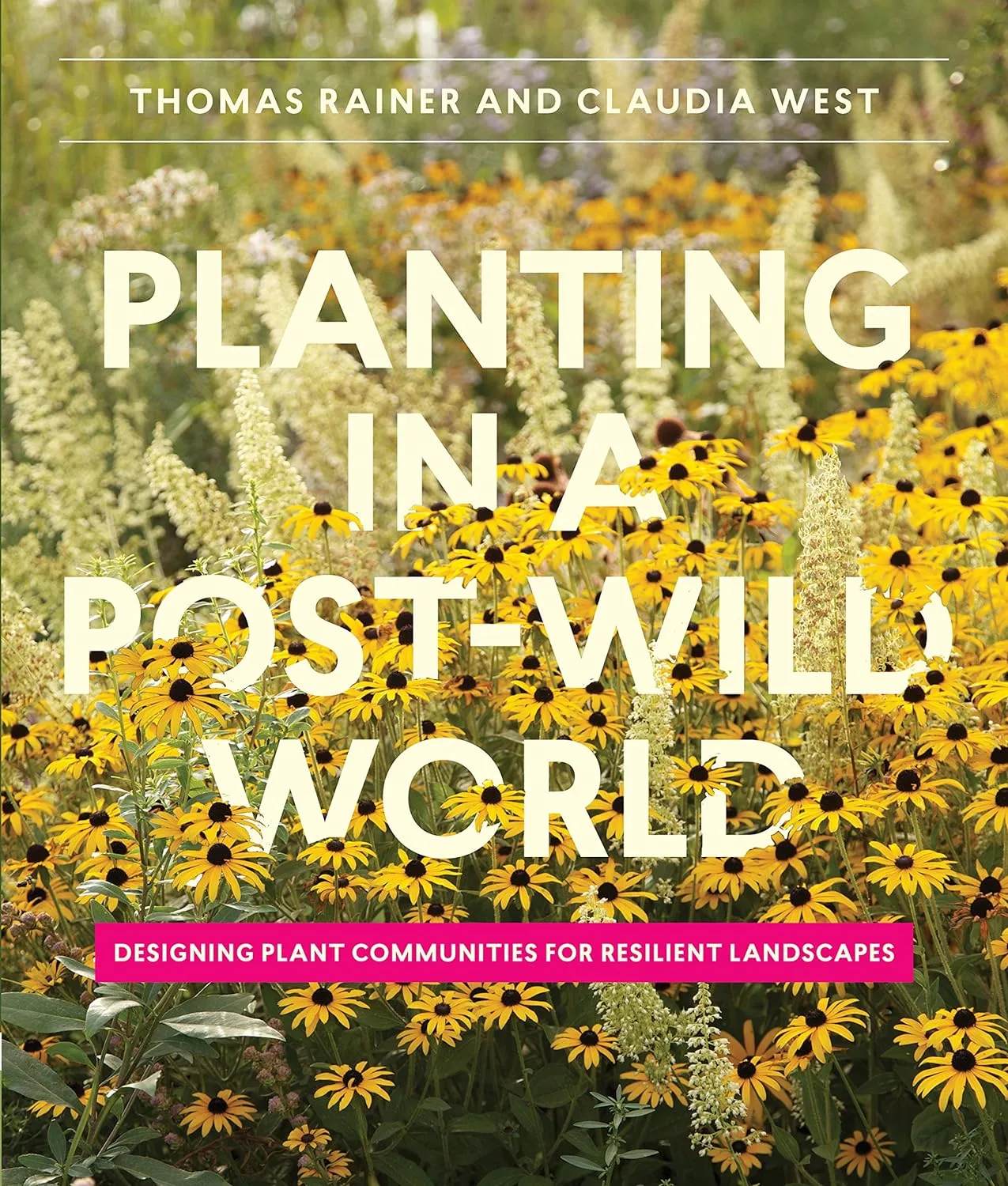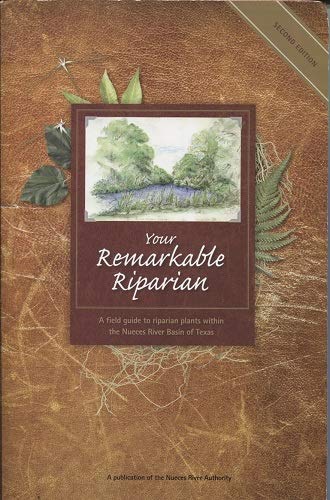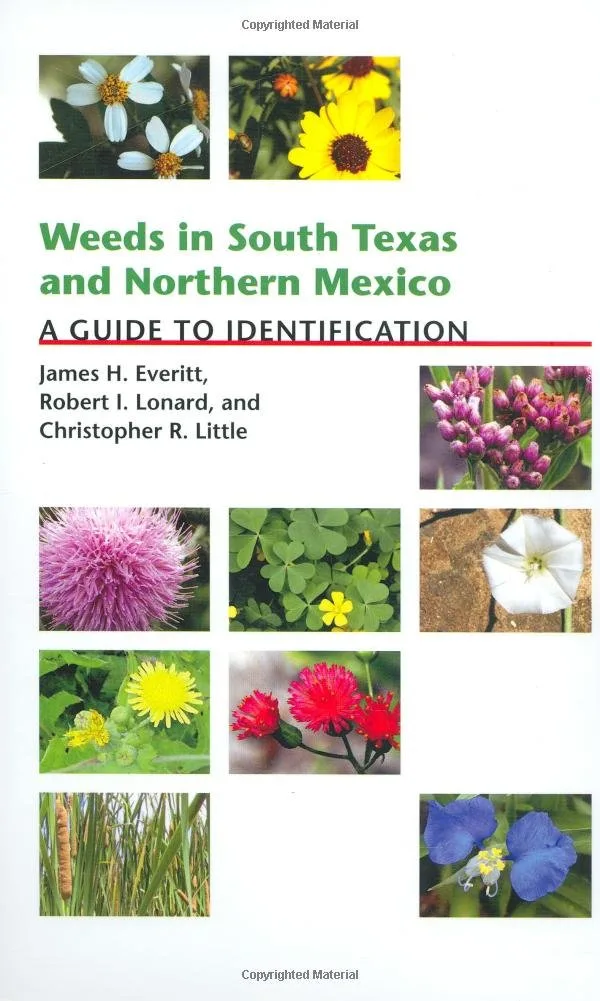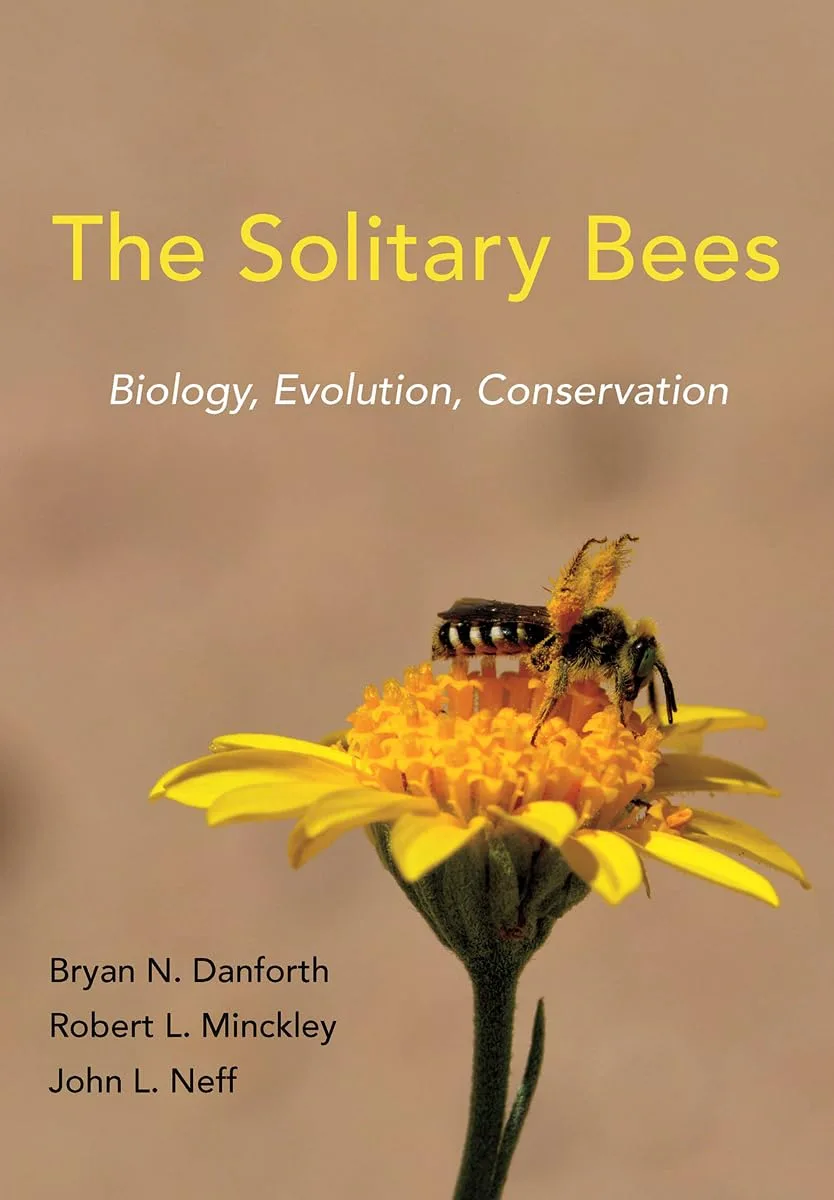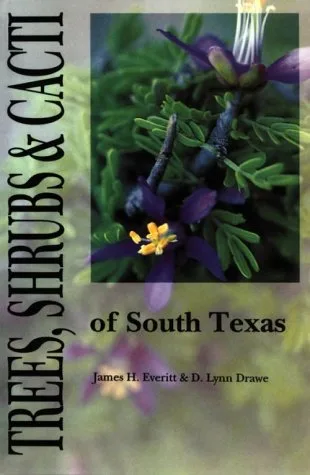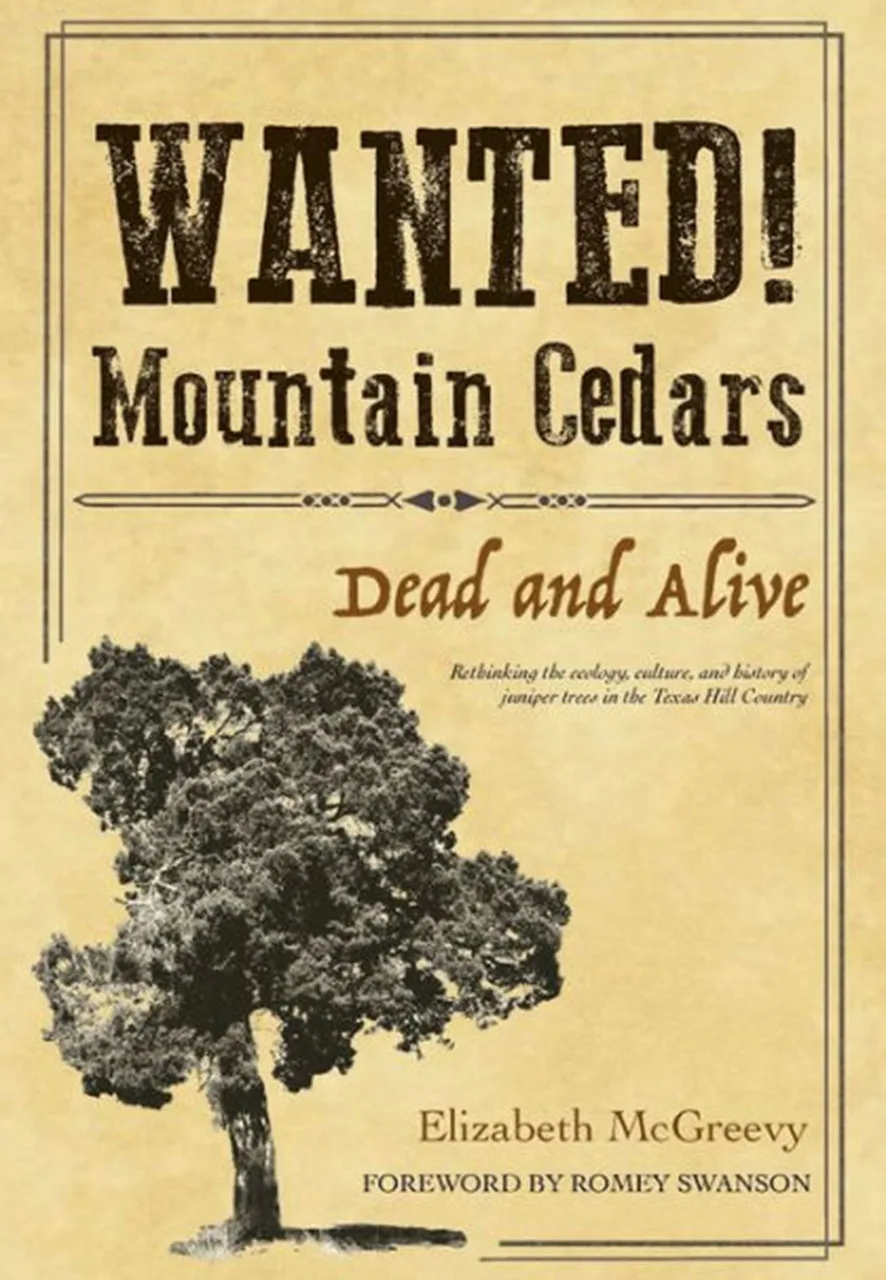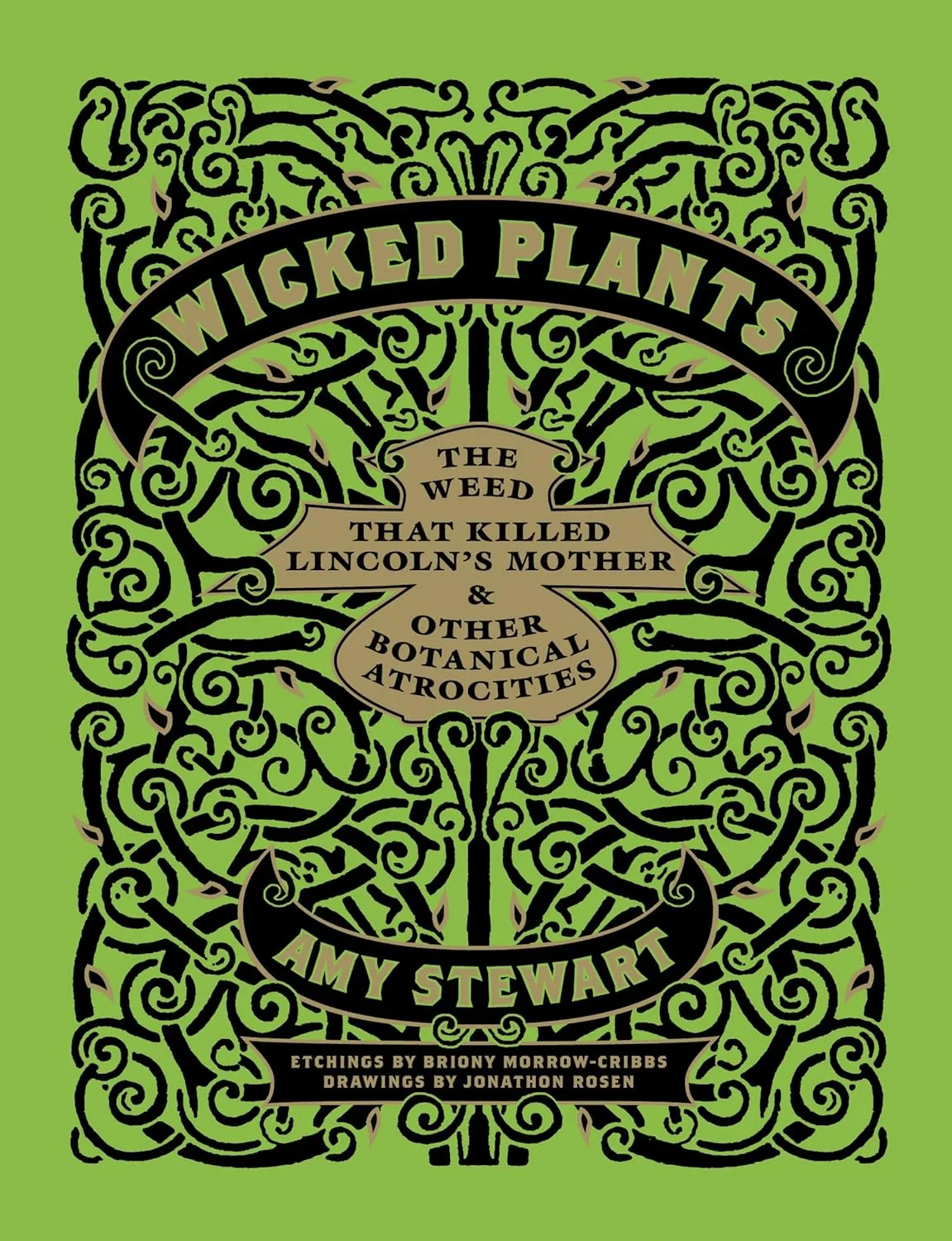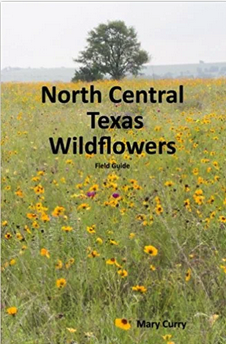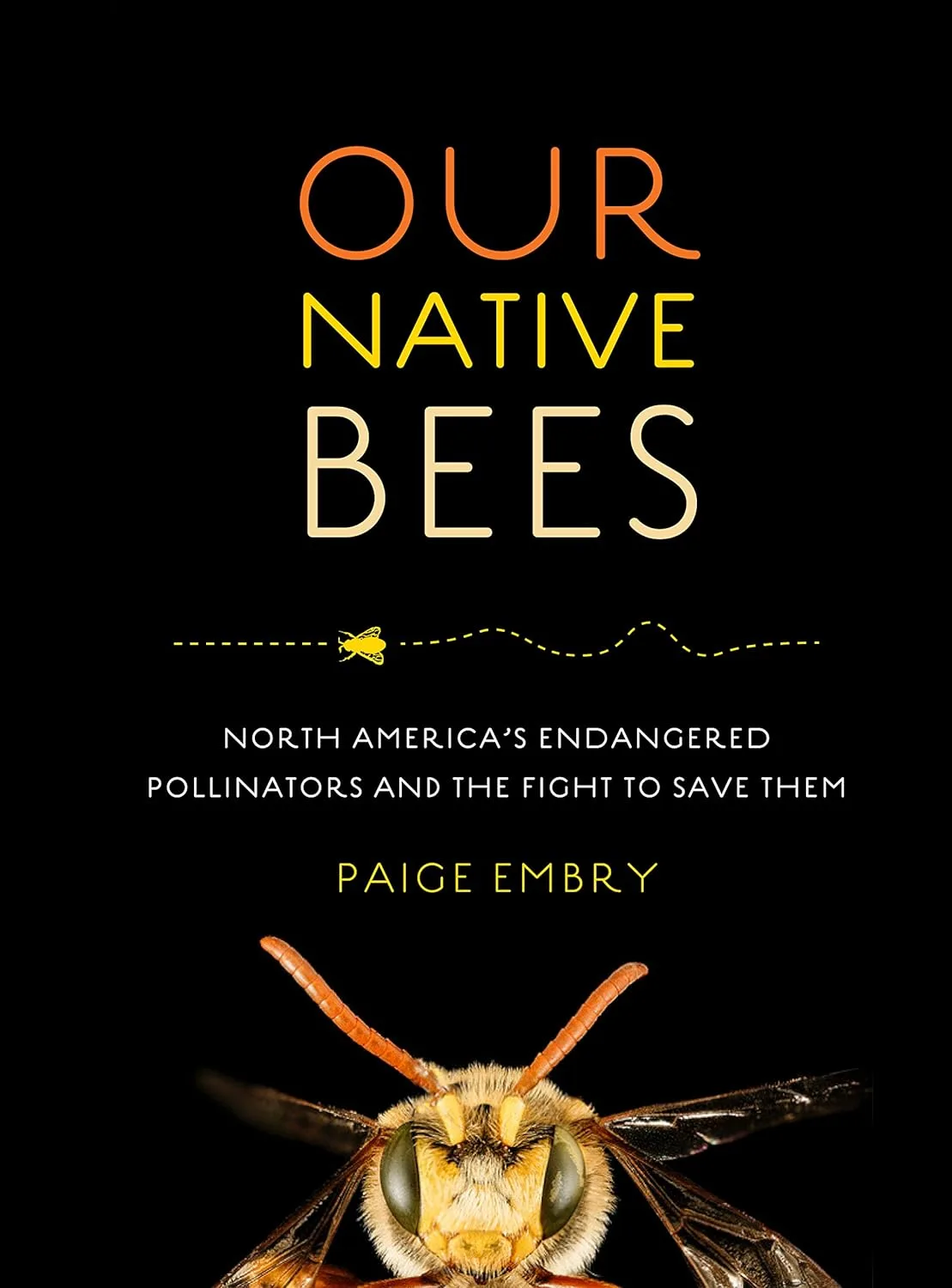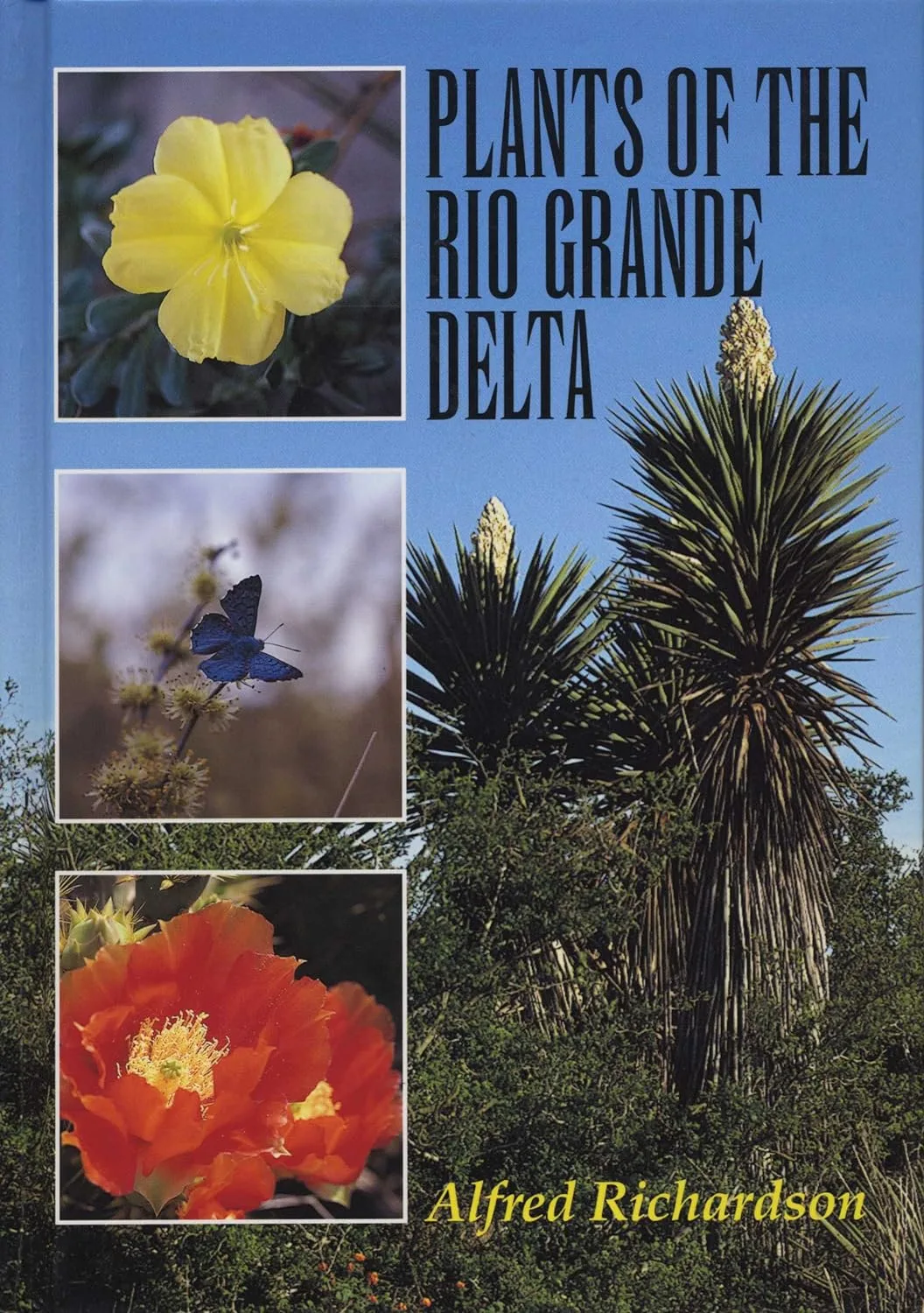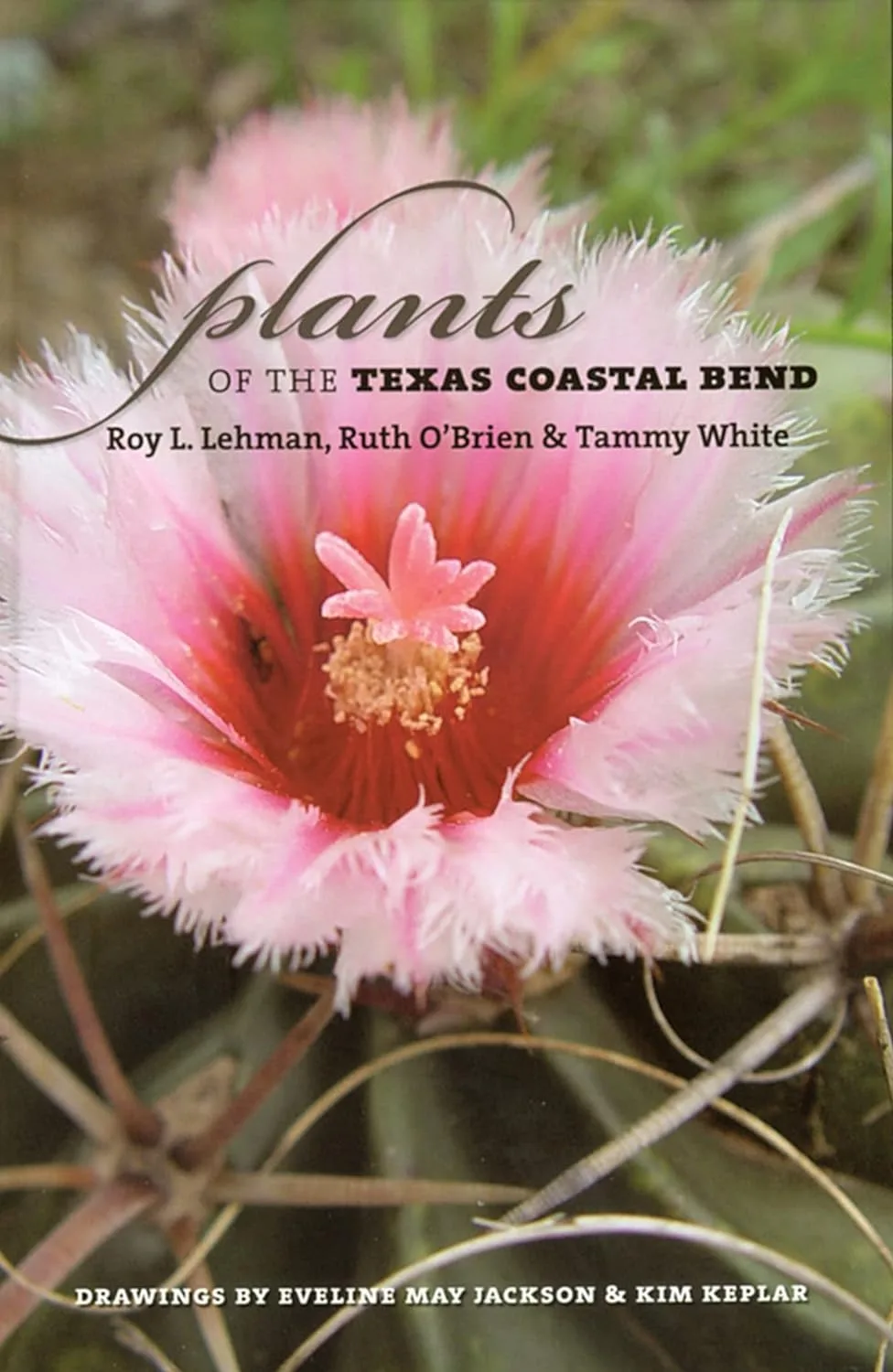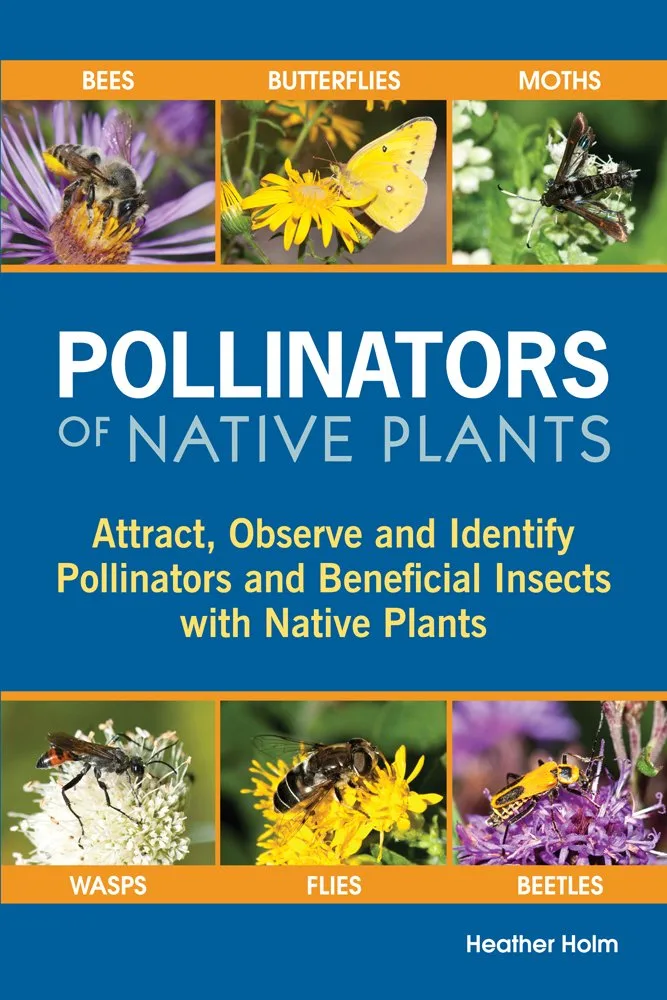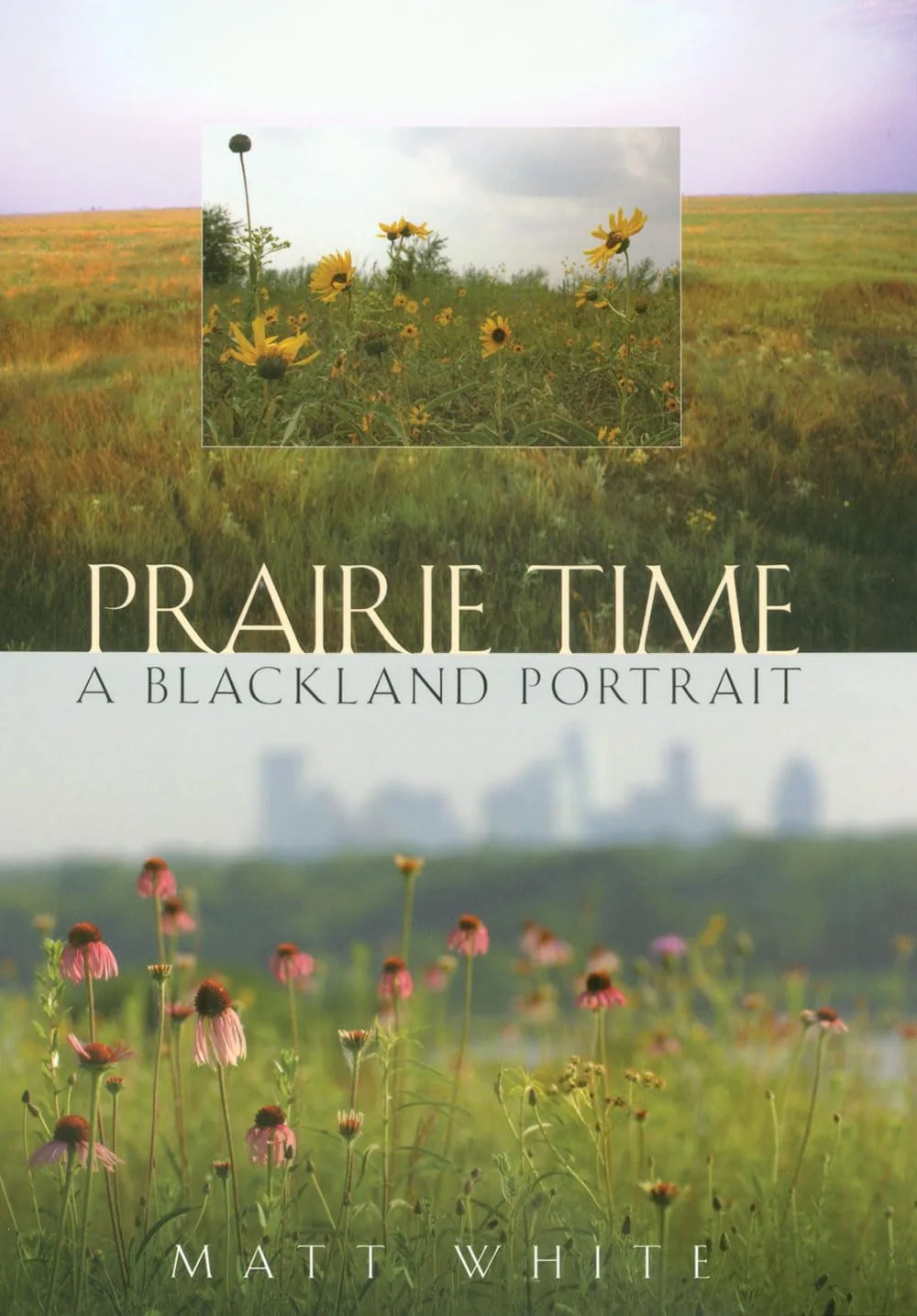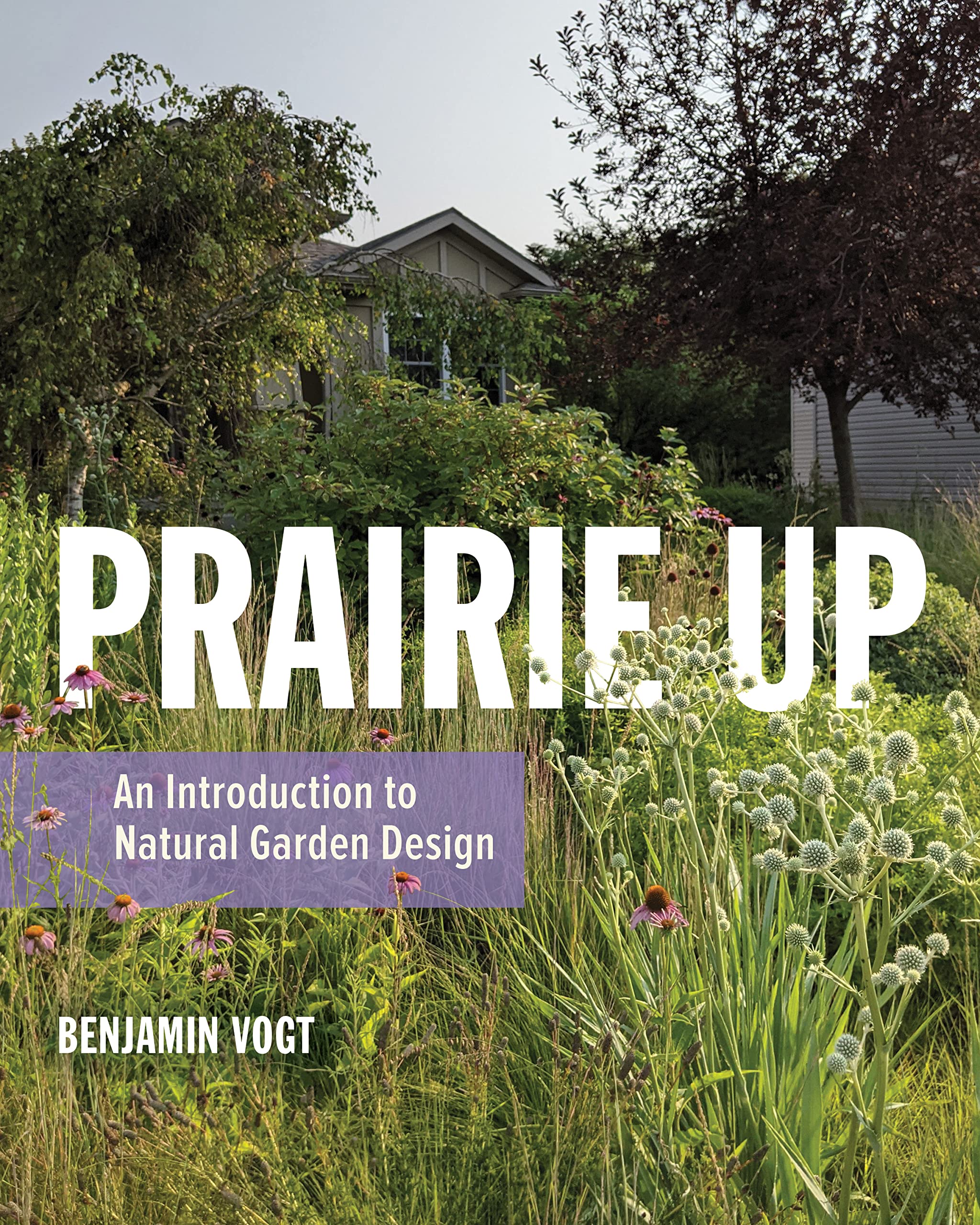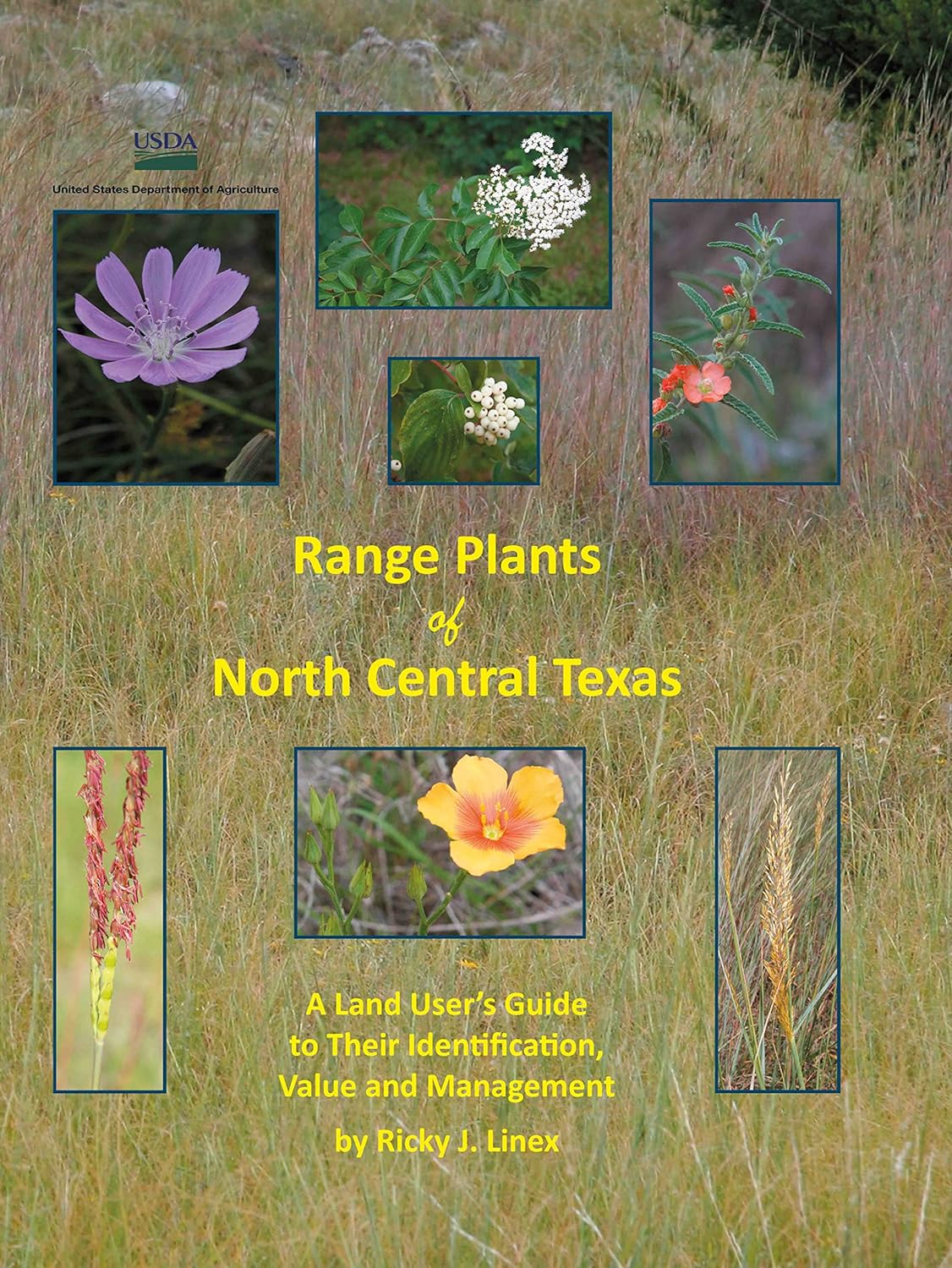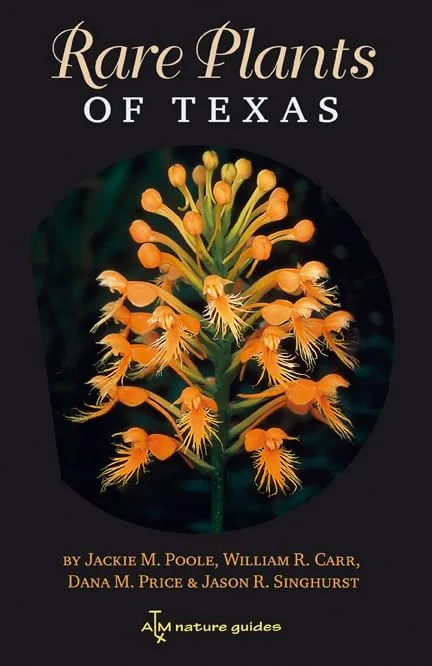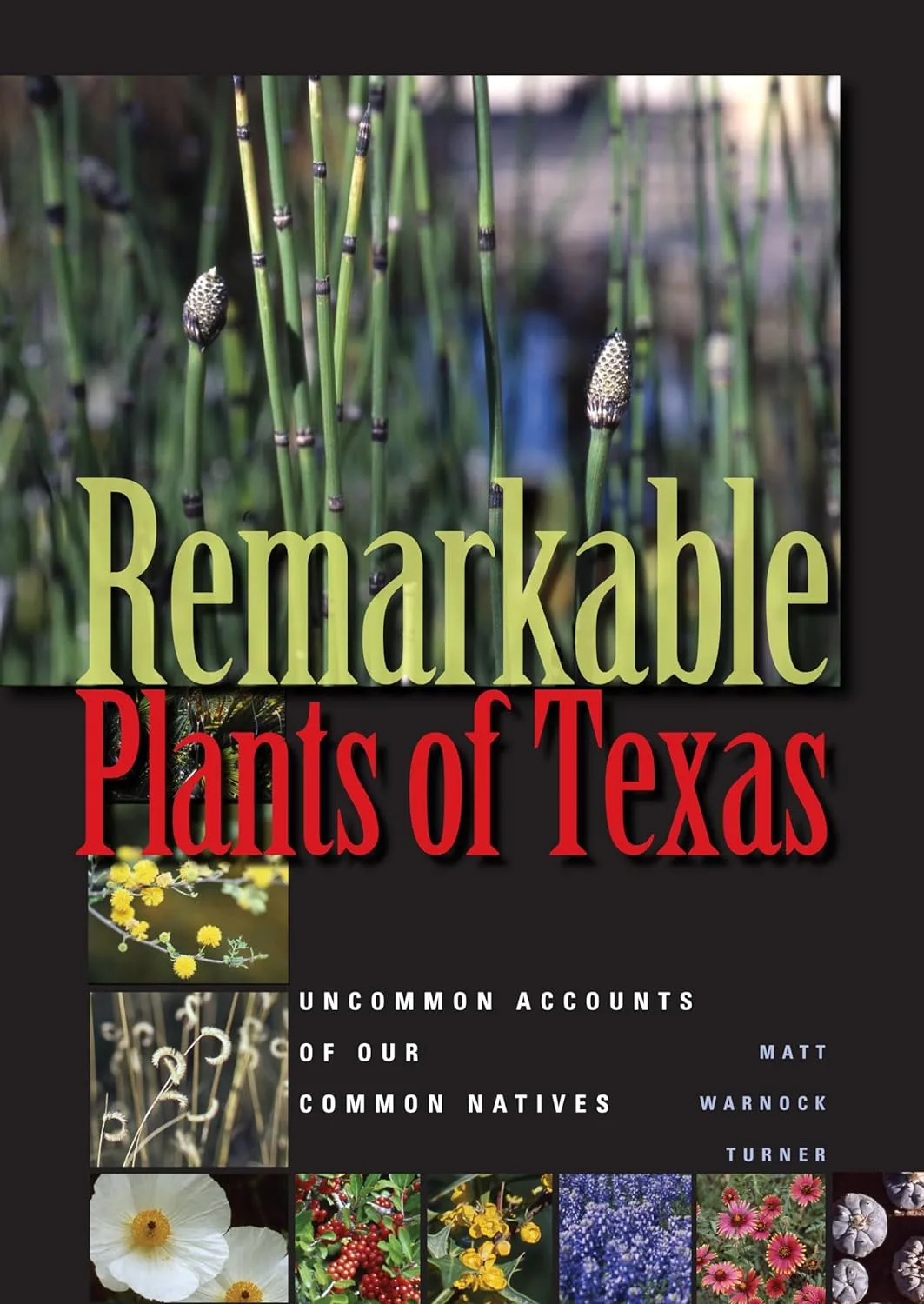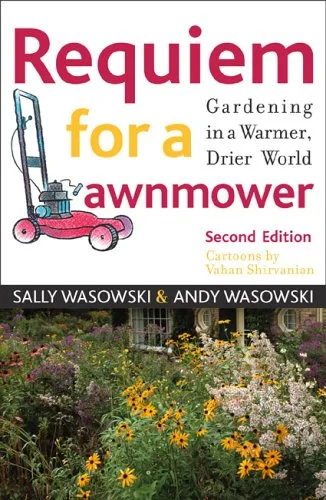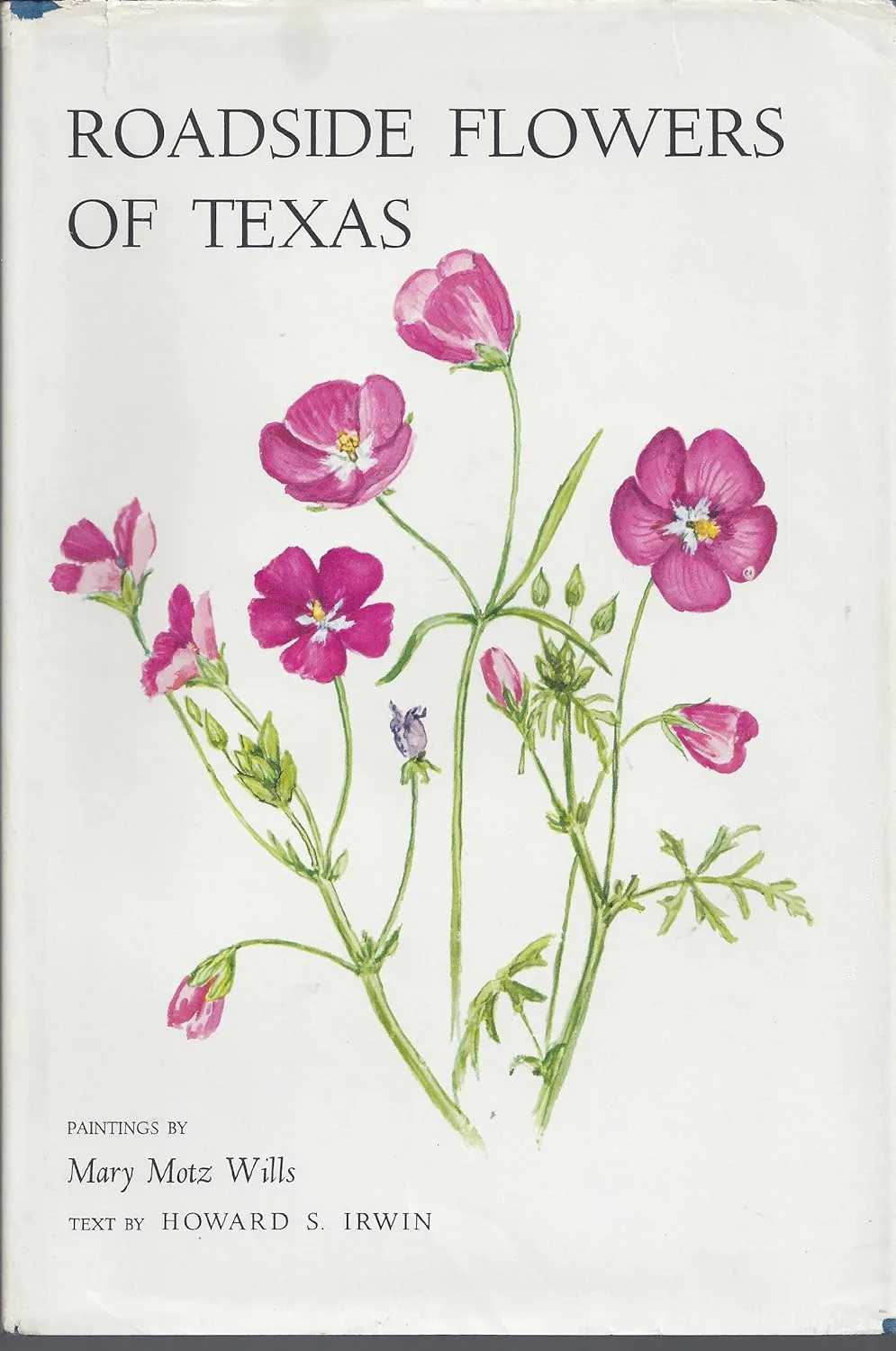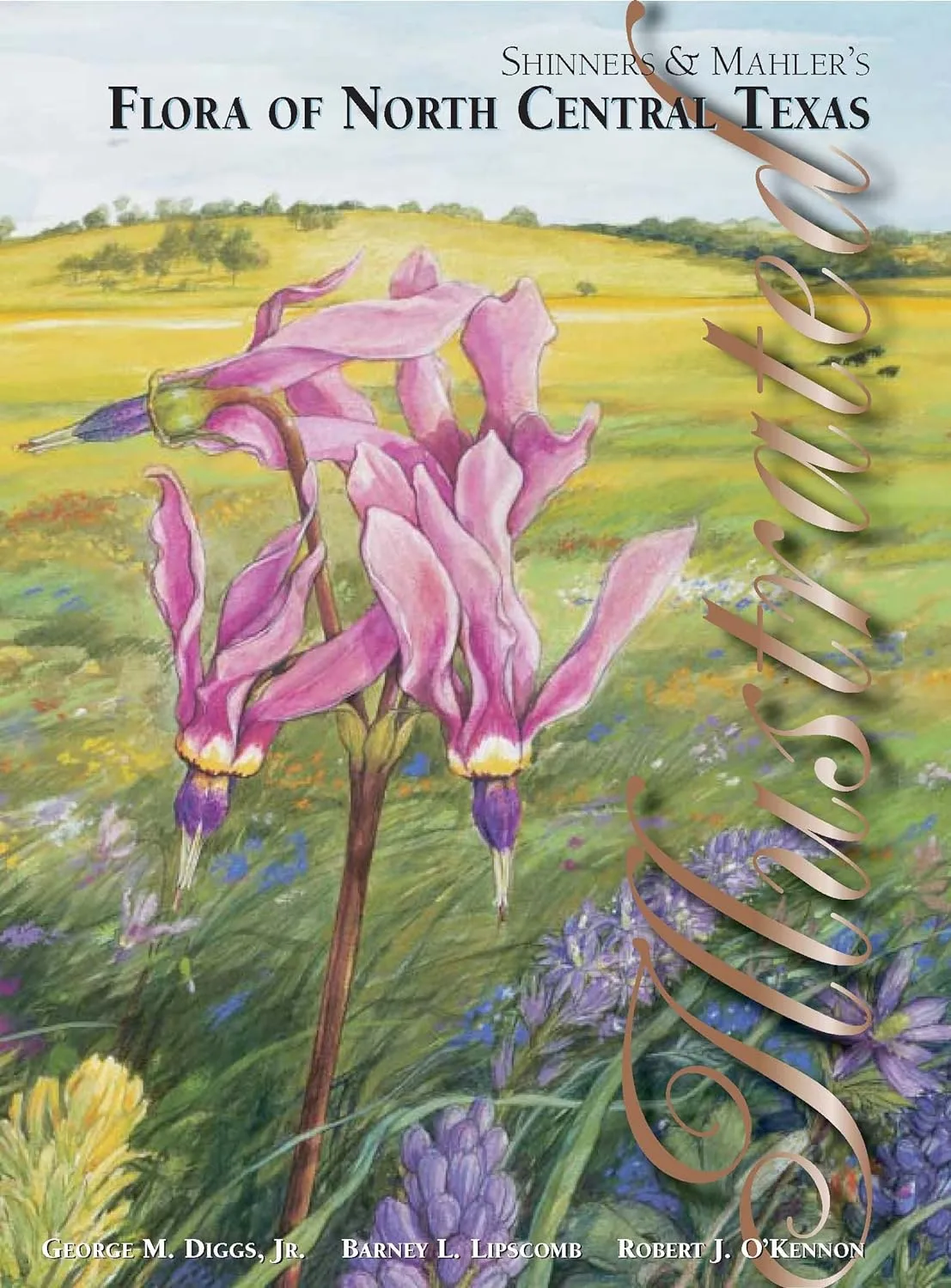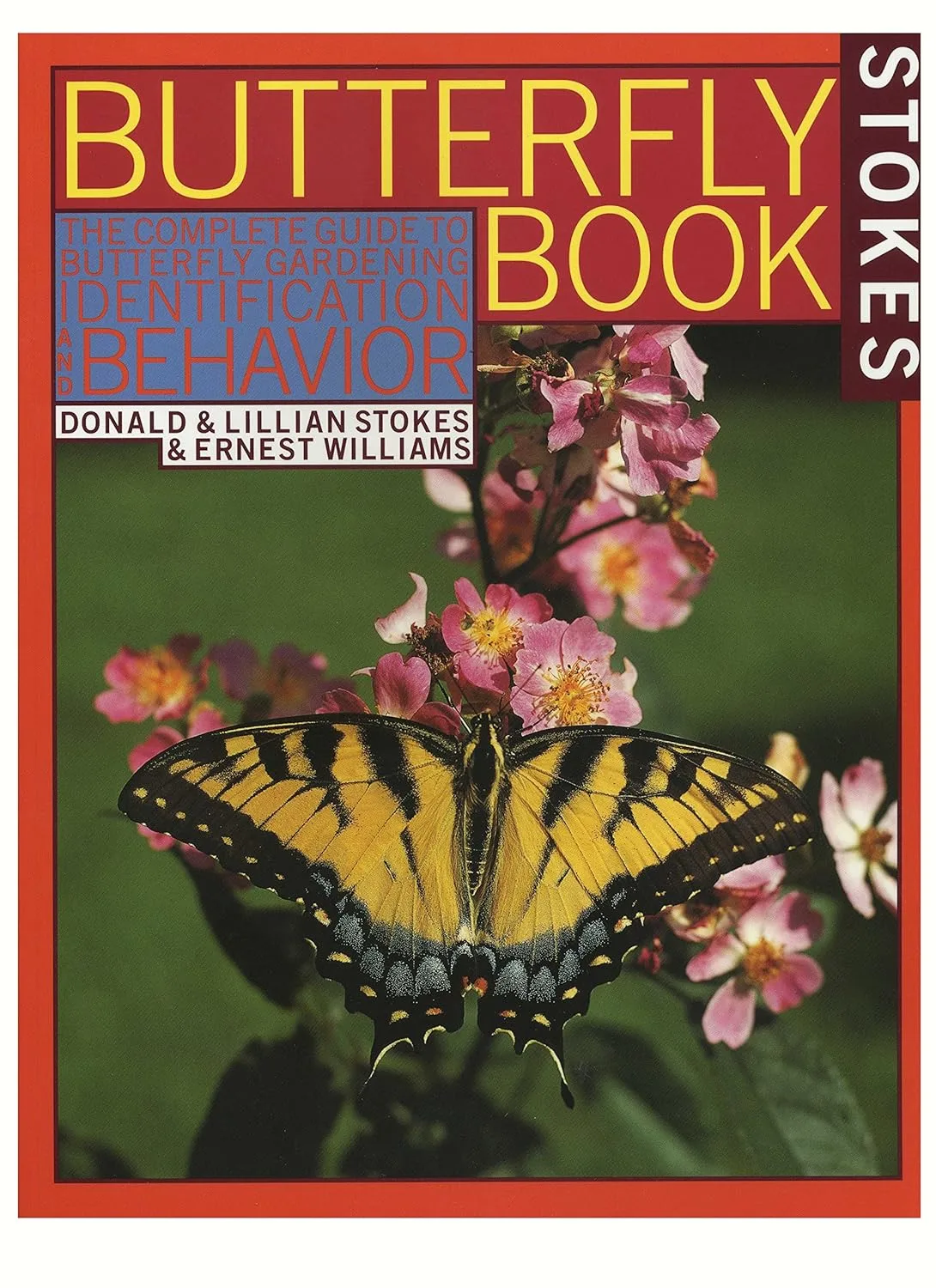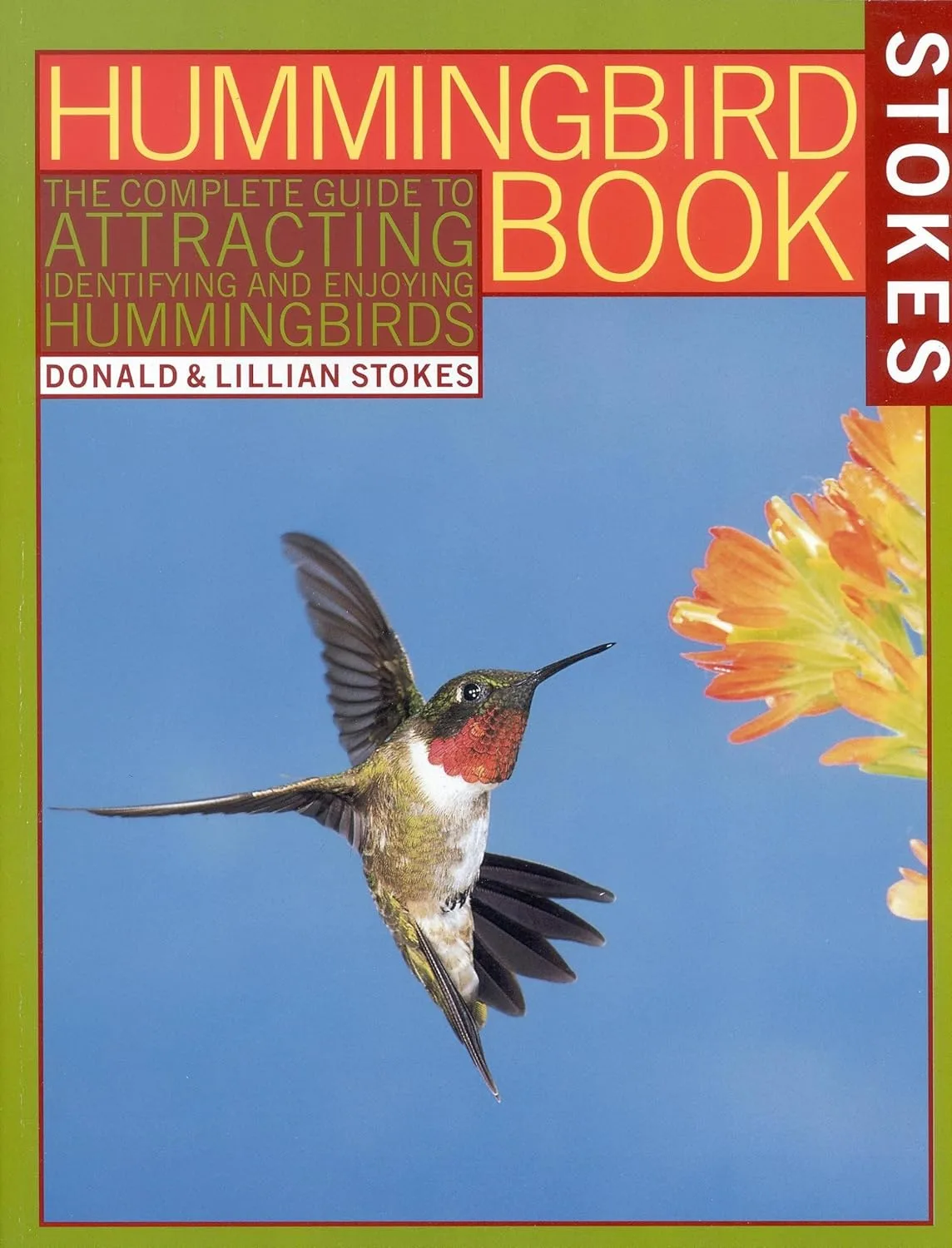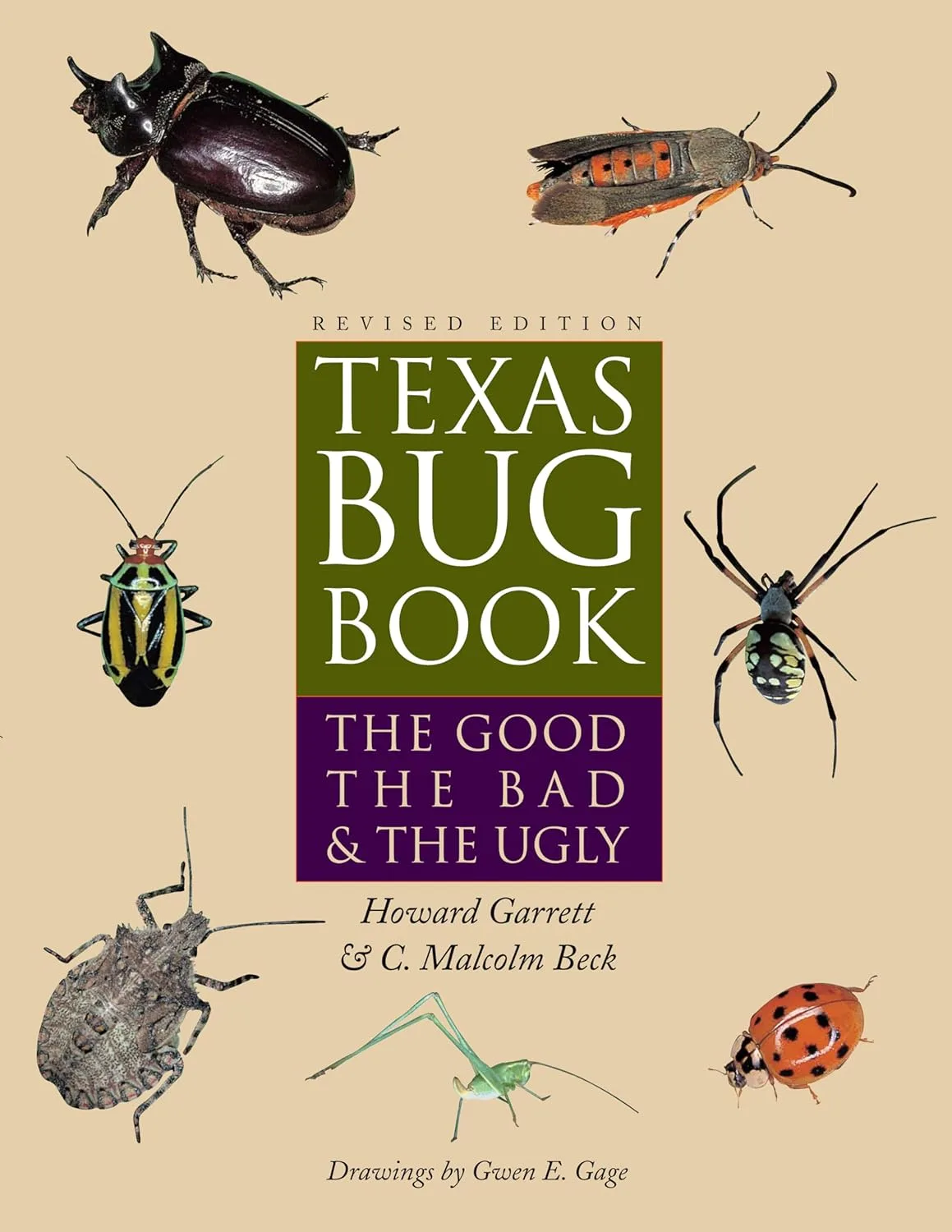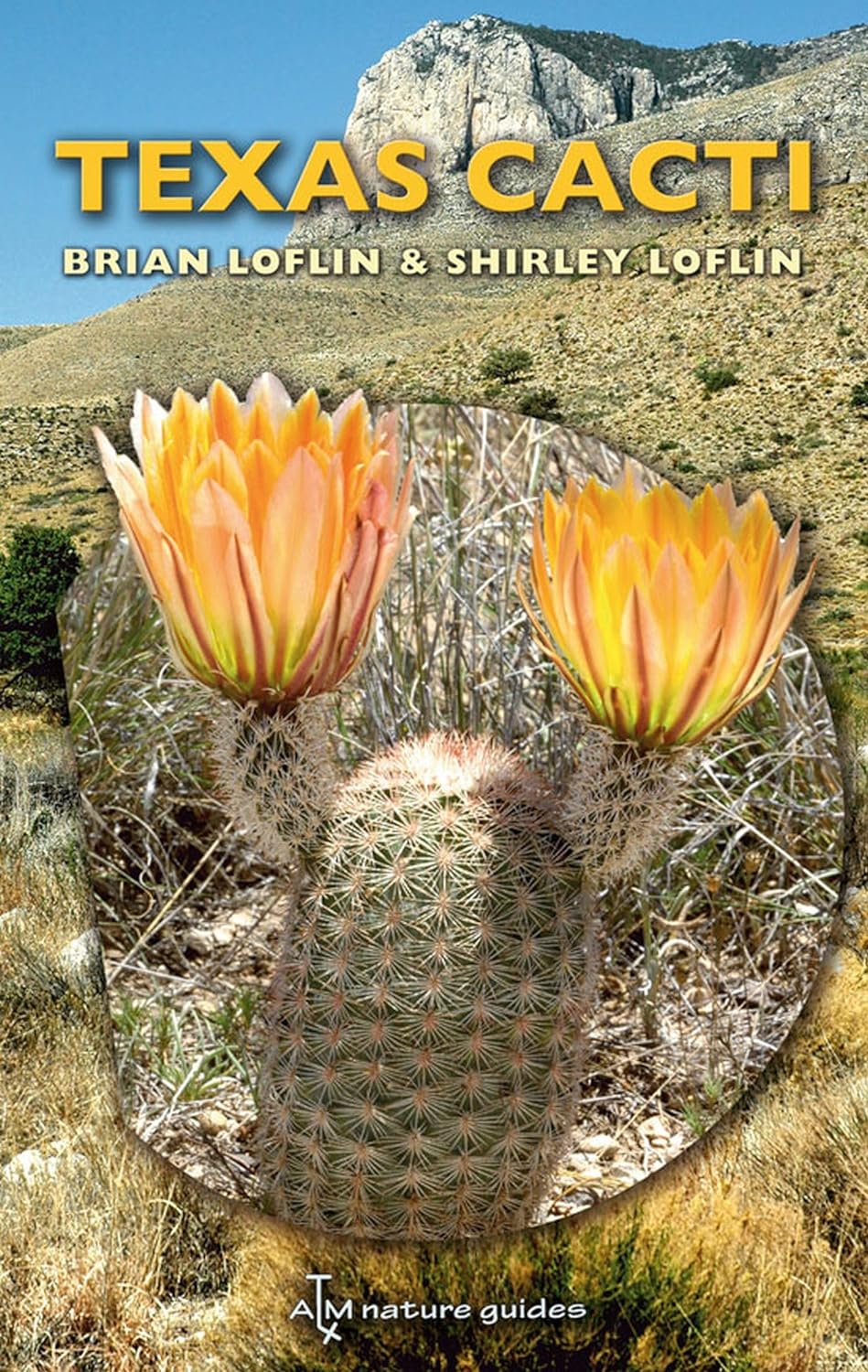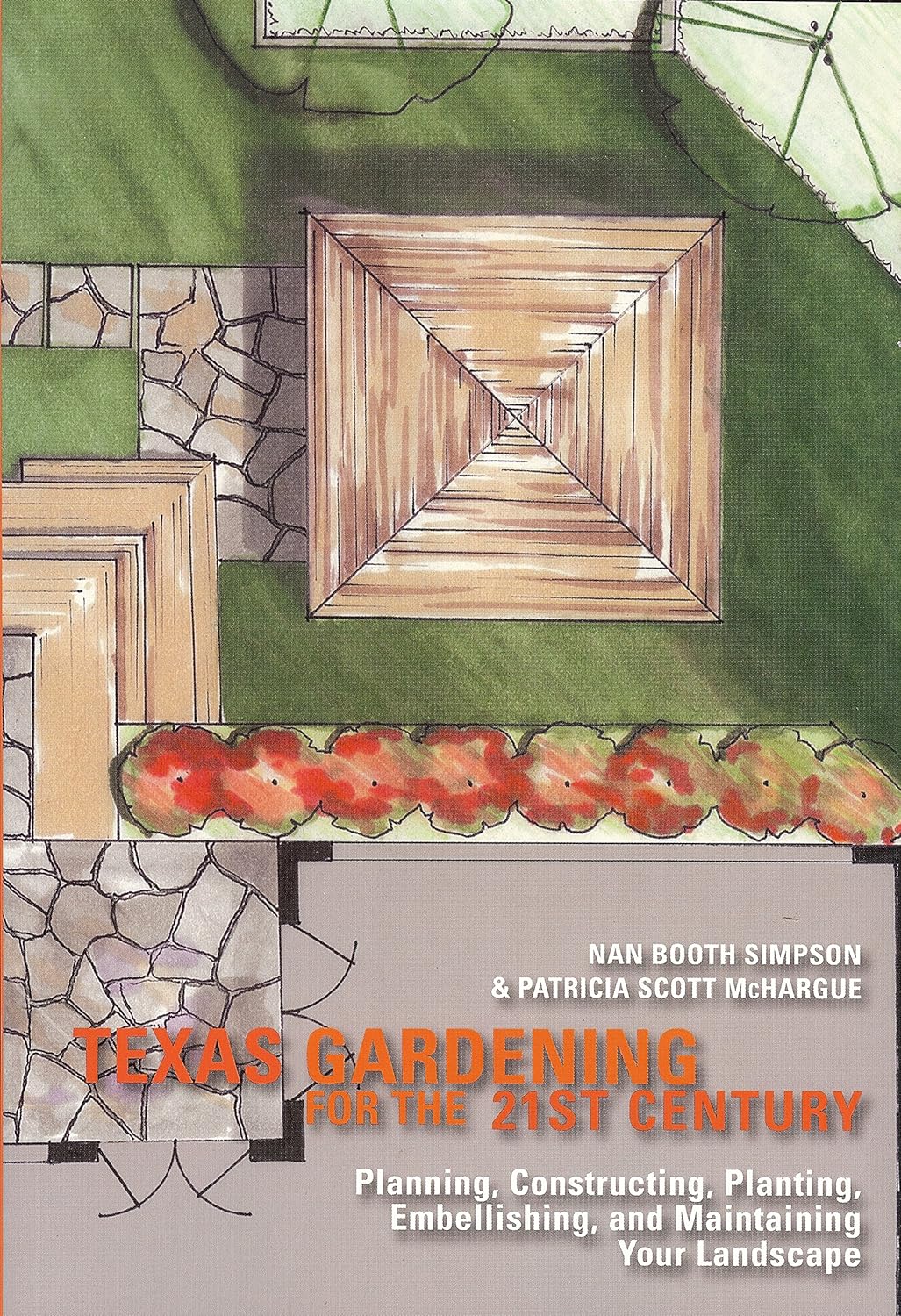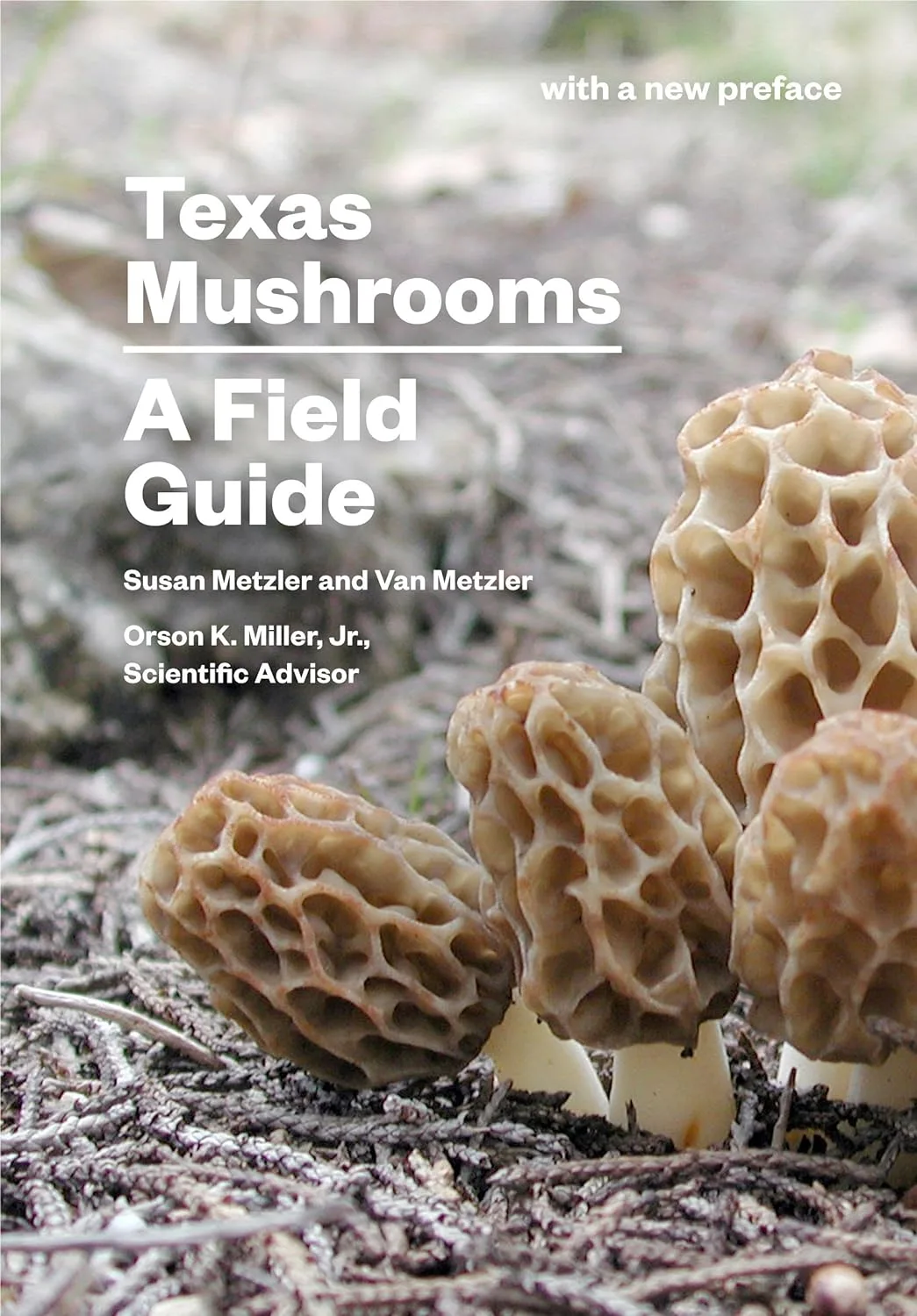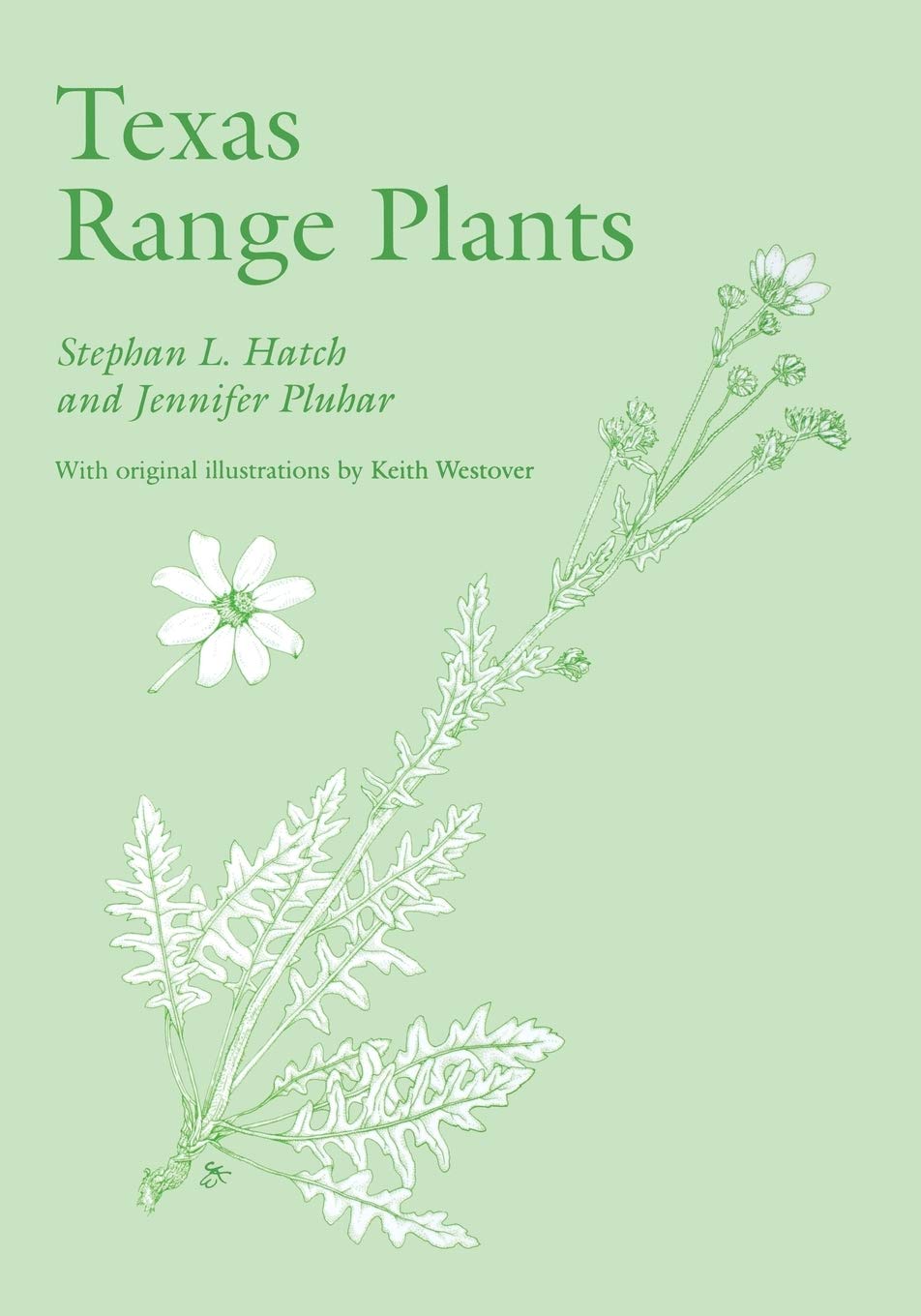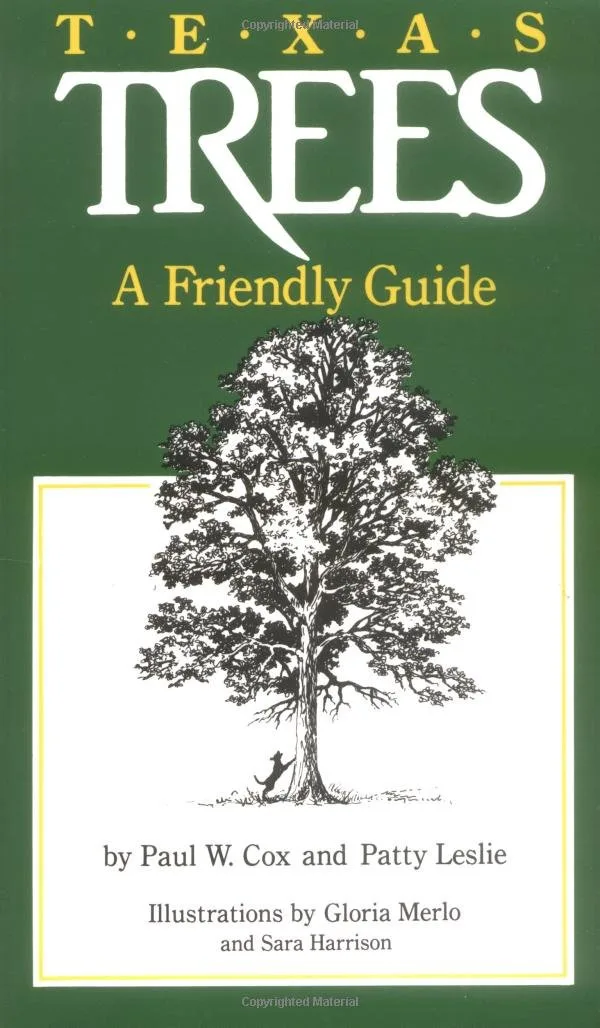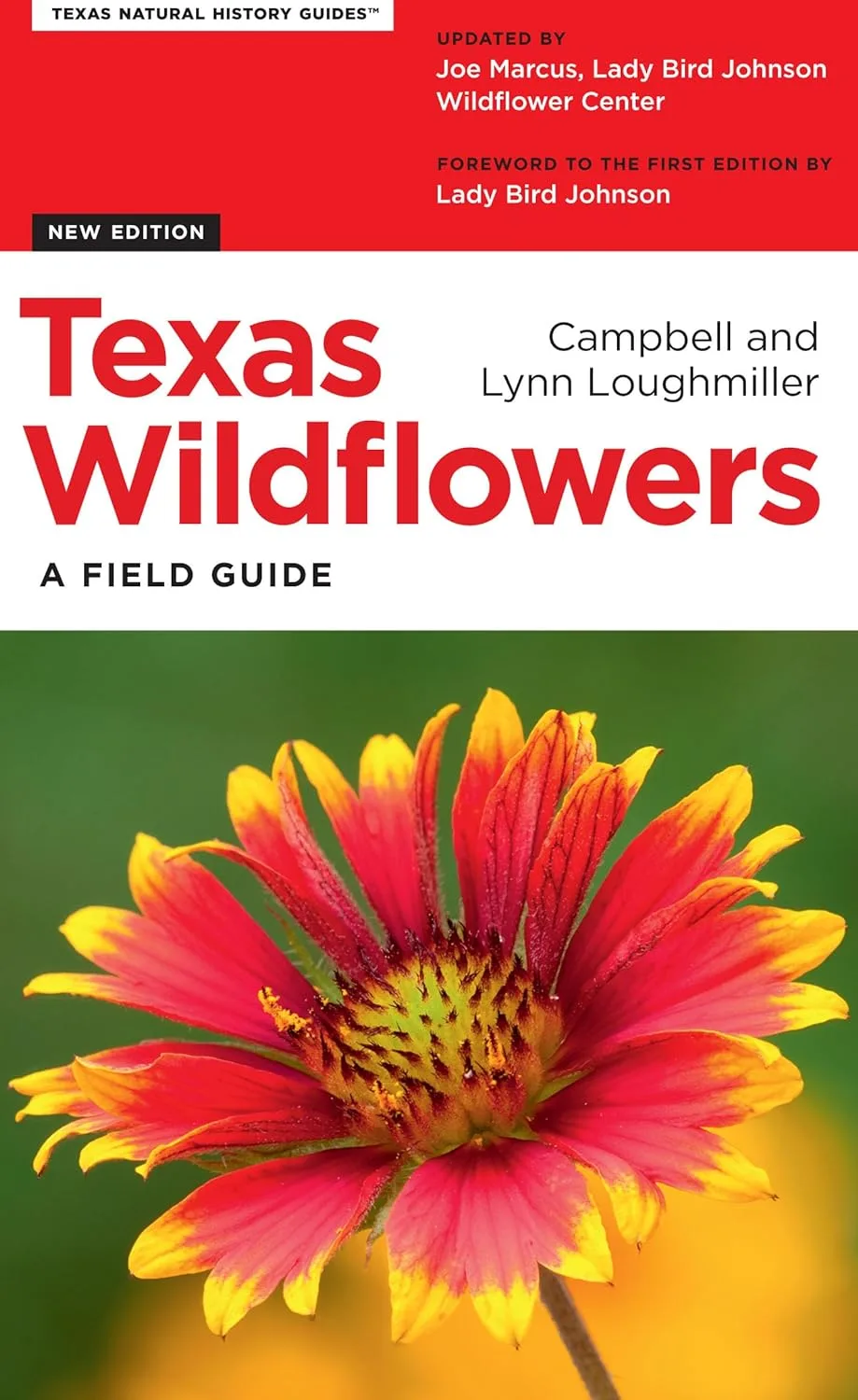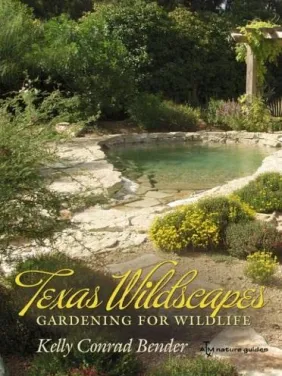
Welcome to our Virtual Bookstore! Enjoy browsing our selection of books about the Native Plants of Texas. We are offering this virtual bookstore through an Amazon Associates partnership. A portion of all purchases made through the Amazon links on this page will support the Native Plant Society of Texas. Thank you in advance for your support!
Our bookstore has raised thousands of dollars to support Texas native plants thanks to you!

Explore top picks and trending titles!
Expand these to see some featured books.
Best Sellers
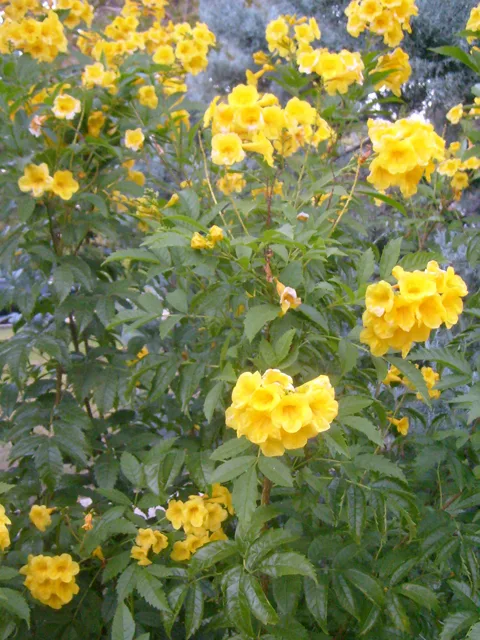
Esperanza – a N.I.C.E. spring plant and Texas SuperStar
Spring began on March 20th. To celebrate the change of season, the Kerrville
and Fredericksburg NPSOT chapters are promoting the Esperanza (Tecoma stans) at local nurseries as part of the N.I.C.E. Native Plant Partner program. (N.I.C.E. stands for “Natives Improve and Conserve Environments.”)
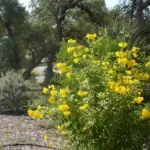 Esperanza, also known as “yellow bells” and “yellow trumpet,” is a native shrub with a tropical feel. Call it eye candy for your summer landscape – if you get it planted during the spring! Esperanza is seen all over the Hill Country, listed and pictured in every single landscape book around Austin or San Antonio, because of its long bloom time, heat tolerance, and low water use.
Esperanza, also known as “yellow bells” and “yellow trumpet,” is a native shrub with a tropical feel. Call it eye candy for your summer landscape – if you get it planted during the spring! Esperanza is seen all over the Hill Country, listed and pictured in every single landscape book around Austin or San Antonio, because of its long bloom time, heat tolerance, and low water use.
In the wild, the native esperanza will be found growing in well drained soil and full sun on rocky slopes near San Antonio and in the Trans-Pecos, north into New Mexico and Arizona, east to Florida and south into Central and South America. The species that is native to the southwestern U.S. and adjacent Mexico is Tecoma stans var. angustata, which is shorter, more drought-tolerant, and more cold-tolerant than some of the tropical varieties sold in nurseries.
South of us, esperanzas are considered almost evergreen, depending on the severity of the winter. Here in central Texas we call it a deciduous perennial – deciduous because it loses its leaves in the winter, and 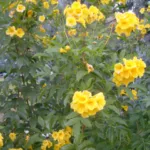 perennial because it comes back every year. The first winter, however, can be stressful or even fatal to esperanzas. That is why they should be planted in the spring, to have many months of root growth before the first hard freeze. And lots of mulch over the roots during that first winter. But at this time of year, that also means waiting to plant it until AFTER our last freeze of the winter. So you might want to hold off on planting it until you feel sure it will not freeze again. Our official “average last freeze” here is April 10.
perennial because it comes back every year. The first winter, however, can be stressful or even fatal to esperanzas. That is why they should be planted in the spring, to have many months of root growth before the first hard freeze. And lots of mulch over the roots during that first winter. But at this time of year, that also means waiting to plant it until AFTER our last freeze of the winter. So you might want to hold off on planting it until you feel sure it will not freeze again. Our official “average last freeze” here is April 10.
GOLD STAR ESPERANZA SPECIFICATIONS AT A GLANCE
Exposure: Full sun (will tolerate afternoon shade)
Size: 4-9 feet high
Planting time: Spring, after the threat of a freeze has passed
Soil type: Extremely easy to grow in alkaline to acidic, well-drained soils
Suggested uses: Use esperanza as a single specimen or plant it in groupings for a large swath of color.
Special notes: Esperanzas tolerate very high temperatures and drought – once established – but they do not tolerate poorly drained soils. During its first year, irrigate regularly, every week to 10 days, allowing plants to dry out between waterings.
WHERE TO FIND IT
Our local NICE nurseries have happily agreed to stock up on our Plant of the Season in order to have it available to the public. These independent nurseries carry only the best plants for our area, as well as high-quality soil amendments and gardening supplies.
Look for the “NICE Plant of the Season” sign stake at these nurseries and growers in Fredericksburg, Medina, Kerrville, and Comfort:
Friendly Natives, 1107 N. Llano Street, Fredericksburg, 830-997-6288
Medina Garden Nursery, 13417 Tx. Highway 16, Medina, 830-589-2771
Natives of Texas, 4256 Medina Highway, Kerrville, 830-896-2169
Plant Haus 2, 604 Jefferson Street, Kerrville, 830-792-4444
The Gardens at The Ridge, 13439 S. Ranch Road 783 (Harper Rd.), Kerrville, 830-896-0430
The Garden Haus, 109 Farm to Market Rd. 473, Comfort, 830-995-5610
Cindy Anderson, Kerrville chapter – for N.I.C.E. plants
Read Review...
Bicycling with Butterflies: My 10,201-Mile Journey Following the Monarch Migration
Sara Dykman
The author’s compelling personal journey confirming the urgency of supporting the 2-way migration of monarch butterflies. View an interview with the author on Central Texas Gardener here.
Read Review...
Bringing Nature Home: How You Can Sustain Wildlife with Native Plants
Douglas W. Tallamy
This book is a call to arms for gardeners who are searching for a better way to plant, maintain, and enjoy their gardens. The author argues that traditional landscaping practices are harmful to the environment and unsustainable in the long run. He advocates for a new approach to gardening that works with nature, not against it. The book provides practical advice on how to create a low-maintenance, sustainable garden that is both beautiful and beneficial to the environment. It includes in-depth profiles of native plants that are well-suited to different regions of the United States, as well as tips on how to design a garden that is both aesthetically pleasing and ecologically sound.
Read Review...
Gardening With Prairie Plants: How To Create Beautiful Native Landscapes
Sally Wasowski and Andy Wasowski
Filled with practical advice and detailed information, this indispensable guide to prairie gardening shows readers how to choose space, plan a garden, select plants and flowers, and much more.
Read Review...
Native Plants for Southwestern Landscapes
Judy Mielke
For gardeners who want to conserve water, the color, fragrance, shade, and lush vegetation of a traditional garden may seem like a mirage in the desert. But such gardens can flourish when native plants grow in them. In this book, Judy Mielke, an expert on Southwestern gardening, offers the most comprehensive guide available to landscaping with native plants. Writing simply enough for beginning gardeners, while also providing ample information for landscape professionals, she presents over three hundred trees, shrubs, vines, grasses, groundcovers, wildflowers, cacti, and other native plants suited to arid landscapes.
The heart of the book lies in the complete descriptions and beautiful color photographs of plants native to the Mojave, Sonoran, and Chihuahuan desert regions of the southwestern United States and northern Mexico. Mielke characterizes each plant and gives detailed information on its natural habitat, its water, soil, light, temperature, and pruning requirements, and its possible uses in landscape design.
Read Review...
Native Texas Gardens: Maximum Beauty Minimum Upkeep
Sally Wasowski and Andy Wasowski
This time-proven classic explores 600 gardens that make the most of the Lone Star State’s home-grown native greenery.
Read Review...
Native Texas Plants: Landscaping Region by Region
Sally Wasowski and Andy Wasowski
Landscape designs for every ecoregion and terrain found across Texas.
Read Review...
Nature’s Best Hope
Douglas W. Tallamy
Nature’s Best Hope shows how homeowners everywhere can turn their yards into conservation corridors that provide wildlife habitats. Because this approach relies on the initiatives of private individuals, it is immune from the whims of government policy. Even more important, it’s practical, effective, and easy—you will walk away with specific suggestions you can incorporate into your own yard.
Read Review...
Wildflowers of Texas
Micheal Eason
Michael Eason describes and illustrates more than 1,100 commonly encountered species, both native and introduced. The book is organized by flower color, with helpful color coding along the page edges making it easy to navigate.
Newest Additions
Naturalist’s Austin: A Guide to the Plants and Animals of Central Texas
Lynne M. Weber, Jim Weber
With clarity and depth of knowledge, Naturalist’s Austin: A Guide to the Plants and Animals of Central Texas provides a tour that includes nearly 700 species of plants and animals native to the region. The book opens with a natural history overview underscores the importance of a strong environmental ethic for ensuring the ability of naturally occurring species to thrive within an urban environment—even one exhibiting the type of explosive growth found in Austin.
Highlighting features of the area’s natural processes (migration, wildfire, caves, aquifers, and others), Weber and Weber present lavishly illustrated accounts of both common and unique plant and animal species, with selected exotics included, that may be found in Austin and the surrounding areas. Each section in the species accounts opens with an informative overview, and the individual accounts discuss species status, seasonality, descriptions, habitat, and “fun facts” related to interesting behaviors or adaptations.
With vivid photographs throughout, this colorful and informative guide is sure to be a favorite of Texas nature lovers. Naturalist’s Austin provides an authoritative and enjoyable resource for the greater appreciation and better stewardship of our natural resources.
Read Review...
Planting in a Post-Wild World: Designing Plant Communities for Resilient Landscapes
Thomas Rainer, Claudia West
Over time, with industrialization and urban sprawl, we have driven nature out of our neighborhoods and cities. But we can invite it back by designing landscapes that look and function more like they do in the wild: robust, diverse, and visually harmonious. This book is an inspiring call to action dedicated to the idea of a new nature—a hybrid of both the wild and the cultivated—that can flourish in our cities and suburbs. This is both a post-wild manifesto and practical guide that describes how to incorporate and layer plants into plant communities to create an environment that is reflective of natural systems and thrives within our built world.
Read Review...
Your Remarkable Riparian A Field Guide to Riparian Plants Within the Nueces River Basin of Texas
Steve Nelle
This user-friendly guide introduces the most commonly observed riparian vegetation in
the Edwards Plateau and Rio Grande Plains. However, most of the plants presented
herein occur in riparian areas all across Texas, including the Cross Timbers, Trans-Pecos
and Rolling Plains. The riparian principles described apply to all creeks and rivers.
We’ve included images and details on plants that truly provide the heavy lifting when
it comes to holding and cleaning water within the riparian landscape.
This field guide is a tool that you can refer to again and again. Keep it on the dashboard,
take it to the creek, or leave it on the kitchen table so you can consult it regularly. It’s up to
you to learn to read your riparian areas and determine if they’re gaining or losing function.
With this knowledge and appreciation, you can successfully assess and monitor your
riparian areas and help manage them in ways that conserve and enhance their function.
The Purchase button links to a FREE PDF eBook.
Read Review...
Weeds in South Texas and Northern Mexico: A Guide to Identification
James H. Everitt, D. Lynn Drawe, Robert I. Lonard
One person’s weed is another’s wildflower, but in this book weeds of southern Texas and northern Mexico are defined as plants that are considered a nuisance to farmers or noxious to livestock in the region. The book covers 189 broad-leaved herbaceous species, grasslike plants, and grasses, encompassing 144 genera and 45 families. These include one species of fern, 142 species of dicots, and 46 species of monocots. Of the dicots, 111 species of dicots are native and 31 are introduced. Twenty-one species of monocots are native, and 25 are introduced.
The species descriptions include color photographs, family names, common names, scientific names, general descriptions, and the ecological characteristics of the weeds. Voucher specimens for most of the plants are on file in the University of Texas–Pan American Herbarium. Although this book focuses on plants that occur on both sides of the Rio Grande in Texas and northern Mexico, the extensive ranges of many of the represented species make it a useful reference for weeds in other areas of Texas and the southwestern United States. This book will be useful to farmers and farm managers, agricultural consultants, ranchers, natural resource managers, scientists, and anyone interested in the flora of southern Texas and northern Mexico.
Read Review...
The Solitary Bees: Biology, Evolution, Conservation
Bryan N. Danforth, Robert L. Minckley, John L. Neff
This book uses a modern phylogenetic framework to shed new light on the life histories and evolution of solitary bees. It explains the foraging behavior of solitary bees, their development, and competitive mating tactics. The book describes how they construct complex nests using an amazing variety of substrates and materials, and how solitary bees have co-opted beneficial mites, nematodes, and fungi to provide safe environments for their brood. It looks at how they have evolved intimate partnerships with flowering plants and examines their associations with predators, parasites, microbes, and other bees. This up-to-date synthesis of solitary bee biology is an essential resource for students and researchers, one that paves the way for future scholarship on the subject.
Read Review...
Trees, Shrubs & Cacti of South Texas
James H. Everitt, D. Lynn Drawe, Robert I. Lonard
Two hundred vivid color photographs illustrating approximately 190 species of plants are included in this field guide to the flora of southern Texas. The trees, shrubs, and cacti described within the volume are representative of much of the plant life throughout the coastal Southwest and northern coastal Mexico. Included are family name, scientific name, common name, general description, geographical range, and ecological characteristics.
Read Review...
Wanted! Mountain Cedars, Dead and Alive
Elizabeth McGreevy
This book tells the story of Mountain Cedar trees that grow in the Texas Hill Country. Over the last 100 years, these trees have been characterized as non-native, water-hogging, grass-killing, toxic, useless species to justify their removal. The result has been a glut of Mountain Cedar tall tales and anti-cedar sentiments.
Inside this ambitious, well-researched book, natural resources planner and ecologist Elizabeth McGreevy presents another perspective of these trees, also known as Ashe Junipers or Blueberry Junipers. While digging into Texas Hill Country politics, history, economics, culture, and ecology, McGreevy tracks down the origins of each tall tale to determine what is true, what is false, and what lies somewhere in between. She also explains why people respected Mountain Cedars before the 1900s, and what events led to the trees’ downfall and the landscape we see today.
Through a series of arguments, this book serves to replace anti-cedar sentiments with a more constructive, less emotional approach to Hill Country land management and a perspective that not all Mountain Cedars are bad.
Read Review...
Wicked Plants: The Weed that Killed Lincoln’s Mother and Other Botanical Atrocities
Amy Stewart
In this book Stewart takes on over two hundred of Mother Nature’s most appalling creations. It’s an A to Z of plants that kill, maim, intoxicate, and otherwise offend. You’ll learn which plants to avoid (like exploding shrubs), which plants make themselves exceedingly unwelcome (like the vine that ate the South), and which ones have been killing for centuries (like the weed that killed Abraham Lincoln’s mother).
Menacing botanical illustrations and splendidly ghastly drawings create a fascinating portrait of the evildoers that may be lurking in your own backyard. Drawing on history, medicine, science, and legend, this compendium of bloodcurdling botany will entertain, alarm, and enlighten even the most intrepid gardeners and nature lovers.
Read Review...
Browse our Books
North Central Texas Wildflowers: Field Guide
Mary Curry
Over 340 species in full color with close-ups of leaves and flowers, details in bulleted format for field identification, soil types in which to find the plant, bloom times, common name(s), scientific name, and whether native or introduced.
Read Review...
Our Native Bees: North America’s Endangered Pollinators and the Fight to Save Them
Paige Embry
Honey bees get all the press, but the fascinating story of North America’s native bees—endangered species essential to our ecosystems and food supplies—is just as crucial. Through interviews with farmers, gardeners, scientists, and bee experts, Our Native Bees explores the importance of native bees and focuses on why they play a key role in gardening and agriculture. The people and stories are compelling: Paige Embry goes on a bee hunt with the world expert on the likely extinct Franklin’s bumble bee, raises blue orchard bees in her refrigerator, and learns about an organization that turns the out-of-play areas in golf courses into pollinator habitats. Our Native Bees is a fascinating, must-read for fans of natural history and science and anyone curious about bees.
Read Review...
Planting in a Post-Wild World: Designing Plant Communities for Resilient Landscapes
Thomas Rainer, Claudia West
Read Review...
Plants of the Rio Grande Delta
Alfred Richardson
This book provides an accessible and reliable identification guide to all of the plants, excluding grasses, of the region—some 823 species. In clear, nontechnical language, Alfred Richardson gives a brief description of each species, along with its range, habitat, and general blooming time. Over two hundred superb color photographs offer quick and easy field identification, while line drawings illustrate notable characteristics of the plants.
This volume expands and updates Alfred Richardson’s previous book, Plants of Southernmost Texas, published in 1990 by the Gorgas Science Foundation. It will be an essential field guide for everyone interested in South Texas flora, from winter visitors and Valley residents to professional botanists.
Read Review...
Plants of the Texas Coastal Bend
Roy L. Lehman
For everyone who studies or simply enjoys the impressive variety of wild plants that grow in the counties of Texas’ coastal bend, here is an authoritative, user-friendly book that will make an excellent reference.
Read Review...
Pollinators of Native Plants: Attract, Observe and Identify Pollinators and Beneficial Insects with Native Plants
Heather Holm
This is is the first comprehensive book to illustrate the specific relationships between native pollinators and native plants. Organized by plant communities, the book profiles over 65 perennial native plants of the Midwest, Great Lakes region, Northeast and southern Canada and the pollinators, beneficial insects and flower visitors the plants attract.
With its easy-to-use format, the book provides the reader with information on how to attract, plant for and identify pollinators with native plants. Beautifully designed and illustrated with over 1600 photos of plants and insects, the book includes information on pollination, types of pollinators and beneficial insects, pollinator habitat and conservation as well as pollinator landscape plans.
This is an important book for gardeners, students, native plant enthusiasts, landscape restoration professionals, small fruit and vegetable growers and farmers who are interested in attracting, identifying, supporting or planting for pollinators.
Read Review...
Prairie Time, a Blackland Portrait
Matt White
In its most extensive prime, the Texas Blackland Prairie formed a twelve-million-acre grassy swath across the state from near San Antonio north to the Red River. Perhaps less than one tenth of one percent of this vast prairie remains—small patches tucked away here and there, once serving as hay meadows or sprouting from rock too stony to plow.
Matt White’s connections with both prairie plants and prairie people are evident in the stories of discovery and inspiration he tells as he tracks the ever dwindling parcels of tallgrass prairie in northeast Texas. In his search, he stumbles upon some unexpected fragments of virgin land, as well as some remarkable tales of both destruction and stewardship.
Helping us understand what a prairie is and how to appreciate its beauty and importance, White also increases our awareness of prairies, past and present, so that we might champion their survival in whatever small plots remain.
Read Review...
Prairie Up: An Introduction to Natural Garden Design
Benjamin Vogt
This approachable introduction to prairies is an accessible and inspirational guide to garden design for those wanting sustainable, beautiful, and functional landscapes.
Read Review...
Range Plants of North Central Texas: a Land User’s Guide to Their Identification, Value and Management
Ricky J. Linex
This guide focuses on the native plants found in the Rolling Plains, Cross Timbers and Prairies, Blackland Prairie, and Post Oak Savannah vegetational areas of Texas.
The book features 1,450 photos covering 324 plants, including 160 forbs (wildflowers), 59 grasses, and 105 woody plants. Each plant is described with an emphasis on leaves, flowers, fruits, and other details to aid in identification. Linex provides valuable insights into the value of these plants for different species of livestock and wildlife. Understanding their significance is crucial for successful land management. Additionally, management tips are offered to help maintain or enhance the presence of these plants on your property.
The book is arranged alphabetically by plant family, then by genus, and finally by species within each genus. This grouping facilitates easier comparison and identification. While the focus is on North Central Texas, the book’s content is relevant to landowners, students, and wildflower enthusiasts across the middle half of Texas and southern Oklahoma due to regional overlap among many of these plants.
Read Review...
Rare Plants of Texas
Jackie M. Poole, William R. Carr, Dana M. Price, Jason R. Singhurst
Since 1987, when Texas Parks and Wildlife Department botanists published their first in-house summary of Texas’ threatened plants, more than 225 species have been identified and described as endangered, imperiled, or declining. Because most of these plants are too rare to be mentioned, much less pictured, in standard field guides, only a handful of botanists have known what these plants or their habitats look like.
Complete with photographs, line drawings, and county maps, this book describes the officially listed, candidate, and species-of-concern plants in Texas. Individual accounts include information on distribution, habitat, physical description, flowering time, federal and state status, similar species, and published references. The authors also provide brief introductory chapters on the state’s vegetation regions; the history of plant conservation in Texas; federal, state, and other ranking methods; threats to native plants; recovery methods; and reporting guidelines.
With the growing recognition that native plants support wildlife, conserve water, promote biodiversity, and exemplify our natural heritage, we must also recognize the need for greater understanding of endangered plants, the threats to their existence, and the importance of their survival. Rare Plants of Texas is highly recommended for professional botanists and advanced researchers, conservationists, students, range managers, and others concerned with preserving the ecosystems of Texas and the Southwest.
Read Review...
Remarkable Plants of Texas: Uncommon Accounts of Our Common Natives
Matt Warnock Turner
In this intriguing book, Matt Warnock Turner explores the little-known facts—be they archaeological, historical, material, medicinal, culinary, or cultural—behind our familiar botanical landscape. In sixty-five entries that cover over eighty of our most common native plants from trees, shrubs, and wildflowers to grasses, cacti, vines, and aquatics, he traces our vast array of connections with plants. Turner looks at how people have used plants for food, shelter, medicine, and economic subsistence; how plants have figured in the historical record and in Texas folklore; how plants nourish wildlife; and how some plants have unusual ecological or biological characteristics. Illustrated with over one hundred color photos and organized for easy reference, Remarkable Plants of Texas can function as a guide to individual species as well as an enjoyable natural history of our most fascinating native plants.
Read Review...
Requiem for a Lawnmower: Gardening in a Warmer, Drier, World
Sally Wasowski, Andy Wasowski
This book is a timely manifesto by authors Sally Wasowski and Andy Wasowski. In 2002, during the severe drought in the western United States, gardeners and landscapers turned to hardy native plants as replacements for thirsty exotics. This shift toward xeriscaping—gardening with less water—emerged as a dominant trend. The book advocates for a more naturalistic approach, working in harmony with Mother Nature rather than against her. Practical advice and calls to action encourage readers to view gardening through a fresh perspective.
Read Review...
Roadside Flowers of Texas
Howard S. Irwin, Mary Motz Wills
Historical book with painting of the many roadside flowers in Texas.
Read Review...
Shinner’s and Mahler’s Illustrated Flora of North Central Texas
George Diggs, Barney Lipscomb, Linny Heagy
The first fully illustrated flora for any region of Texas or adjacent states. It is the most comprehensive guide to a large portion of the diverse plant life of Texas, and covers all the native and naturalized vascular plants known to occur in North Central Texas, an area about the size of Kentucky. The book presents information on the plant life of the region to meet the needs of students, teachers, wildflower enthusiasts, gardeners, ranchers, farmers, naturalists, conservationists, environmental consultants, researchers, and the general public. Of particular importance for non-botanists are the line drawing illustrations, which are provided for all species. In addition, there are 174 color photographs. The flora includes 2,223 species, or nearly half-known for the entire state of Texas.
The inviting layout, vegetation maps, and extensive introductory materials on the vegetation, geology, soils, climate, and presettlement and early settlement conditions make the book useful to a wide audience. Also of general interest are a number of appendices on topics such as botanically related internet addresses, conservation organizations, native plants to use as ornamentals, phylogeny, and endemic species. The taxonomic treatments include family and generic synopsis keys and descriptions, derivations of scientific names, characters helpful for the field recognition of plant families, notes on toxic/poisonous and useful plants, and references to supporting literature. There is a literature cited section with nearly 3,000 references.
Read Review...
Stokes Butterfly Book : The Complete Guide to Butterfly Gardening, Identification, and Behavior
Donald Stokes, Lillian Stokes, Ernest Williams
This comprehensive guide, illustrated with more than 140 stunning color photographs, tells you all you need to know to attract butterflies to your yard, identify them, and understand their behavior. The Stokes Butterfly Book covers everything from the life stage of a butterfly to how to design a garden that will attract a multitude of different species.
Read Review...
Stokes Hummingbird Book: The Complete Guide to Hummingbird Gardening
Donald Stokes, Lillian Stokes
With this comprehensive, beautifully illustrated guide, you’ll find it easy to attract these tiny, jewel-like birds to your own yard. The Stokes Hummingbird Book provides all the information you need to bring hummingbirds up close, identify them, and understand their fascinating and varied behavior.
Read Review...
Texas Bug Book: The Good, the Bad, and the Ugly
Howard Garrett, C. Malcolm Beck
This is your complete guide for identifying and organically controlling all of the most common Texas insects. Drawing on years of practical experience and research, organic gardening experts Howard Garrett and Malcolm Beck give detailed instructions on how to identify, understand the life cycle of, and control or protect Texas insects, mites, snails, slugs, nematodes, and other critters. They also include striking color photos and black-and-white drawings to help you identify each bug. Garrett and Beck highlight the many useful roles that bugs play in nature and offer proven organic remedies for infestations of pest insects.
Read Review...
Texas Cacti
Brian Loflin, Shirley Loflin
In Texas Cacti, authors Brian and Shirley Loflin present a concise, fully illustrated field guide to more than one hundred of the cacti most often found in Texas and the surrounding region.
The book opens with an illustrated introduction to cactus habitat and anatomy. The species are then organized by stem shape, with each account featuring detailed color photographs, specific identifying features (including spines, flowers, fruits, and seeds) and information about common and scientific names, habitat, flowering season, and more.
The photographs, range maps, and icons designating shape, conservation status, and blooming period, along with easy-to-understand descriptions, make this book a quick and friendly guide to cactus identification for botanists, amateur naturalists, and cactus enthusiasts alike.
Read Review...
Texas Gardening for the 21st Century: Planning, Constructing, Planting, Embellishing, and Maintaining Your Landscape
Nan Booth Simpson, Patricia Scott McHargue
Full of in-depth information and gardening tips, this resource contains the latest information on organic gardening and native plants, as well as region-specific tips for each type of plant in the garden and creative suggestions for hardscaping. Each chapter in this sourcebook is devoted to one of Texas’s twelve gardening regions, describing each region’s climate and soil type, and is interspersed throughout with money-saving tips and professional landscaping advice on plant selection and garden maintenance. Containing all the information needed to create and maintain a healthy and beautiful Texas garden, this handbook is a great reference for any avid gardener.
Read Review...
Texas Mushrooms: A Field Guide
Susan Metzler, Van Metzler
This colorful, easy-to-follow book will surprise and delight uninitiated nature enthusiasts while also supplying the experienced mushroom hunter with expert identification information. Excellent color photographs and precise descriptions of over 200 species will enable the mushroom hunter—even the amateur—to make quick, careful, easy distinctions between the edible varieties and the potentially toxic ones. In addition, kitchen-tested recipes are included, along with charts giving spore sizes and a list of recommended further reading.
Read Review...
Texas Range Plants
Stephan L. Hatch, Jennifer Pluhar and Keith Westover
Book describes and illustrates the 140 grasses, forbs, shrubs, and trees that are economically important.
Read Review...
Texas Trees: A Friendly Guide
Patty Leslie, Paul W. Cox
At last, an authoritative guide that is also readable; one that shows the trees’ relation to human and animal life — even in the charming illustrations. Includes leaf-shape guide, range maps, and an index of popular and scientific names for over 120 trees, both native and naturalized.
Read Review...
Texas Wildflowers: A Field Guide
Campbell Loughmiller, Lynn Loughmiller, Joe Marcus
This is a book that provides detailed information about the wildflowers of Texas. The book contains a personal touch in the many notes the Loughmillers included about the plants they described and photographed . The book is an authoritative field guide that groups flowers by color and then by size for ease of use. It covers 1,505 species of wildflowers and has more than 1,500 illustrations with descriptions facing them . The book is a great resource for anyone interested in learning about the wildflowers of Texas.
Read Review...
Texas Wildscapes: Gardening for Wildlife
Kelly Conrad Simon
Texas Parks & Wildlife’s Texas Wildscapes™ program is not currently active, but this detailed book continues to provide the tools you need whether your aim is wildlife habitat on an apartment balcony or a multi-acre ranch.
Read Review...
